
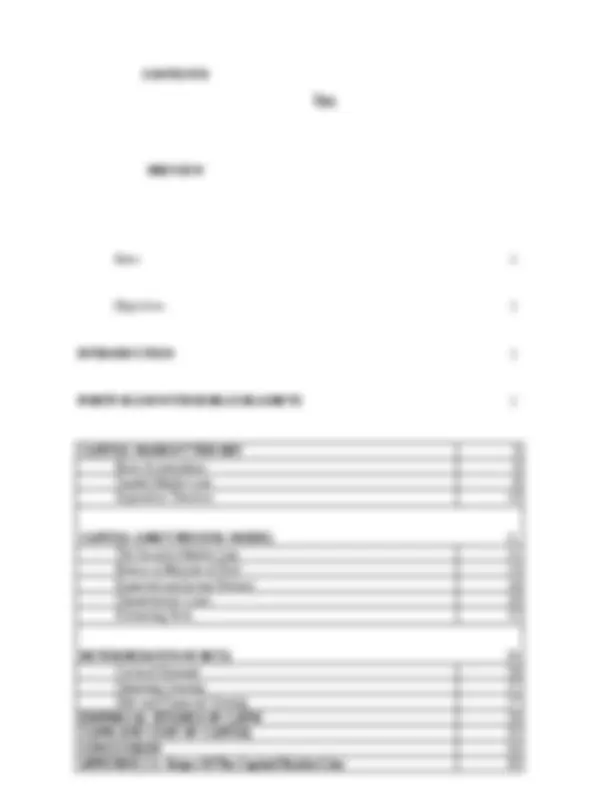

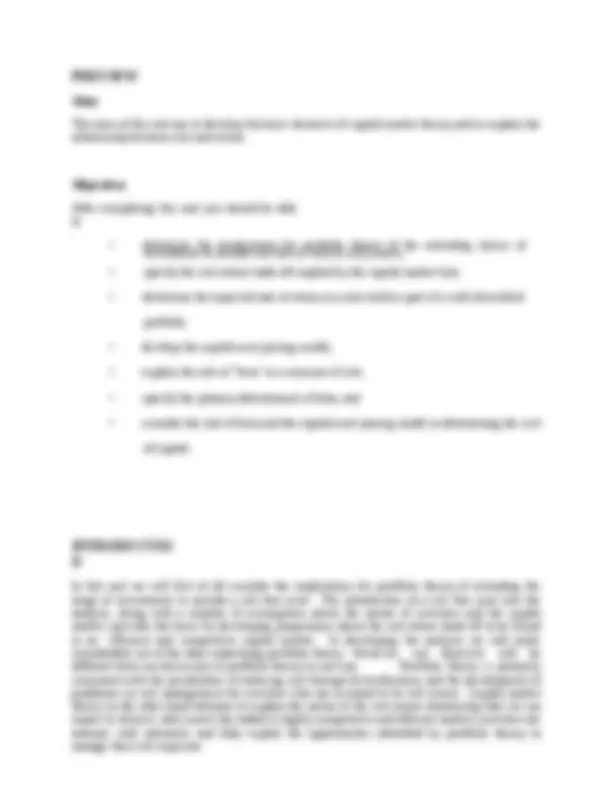

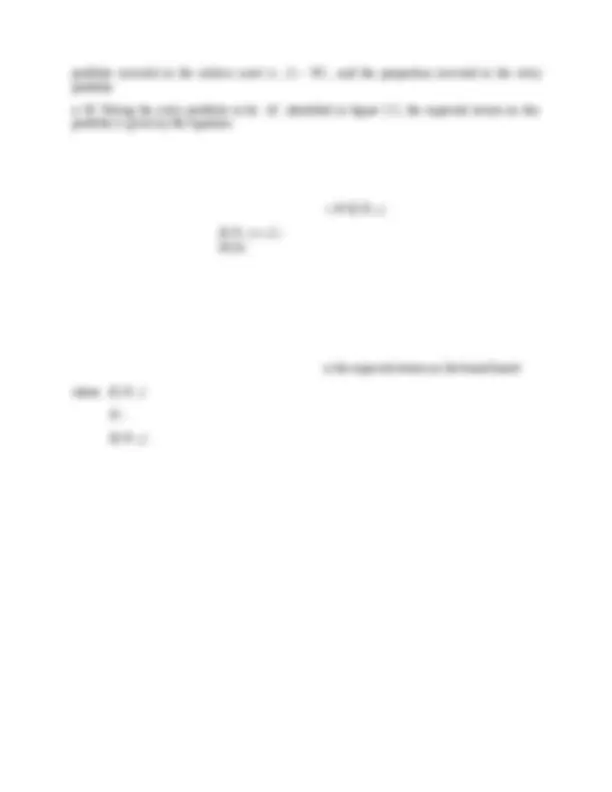
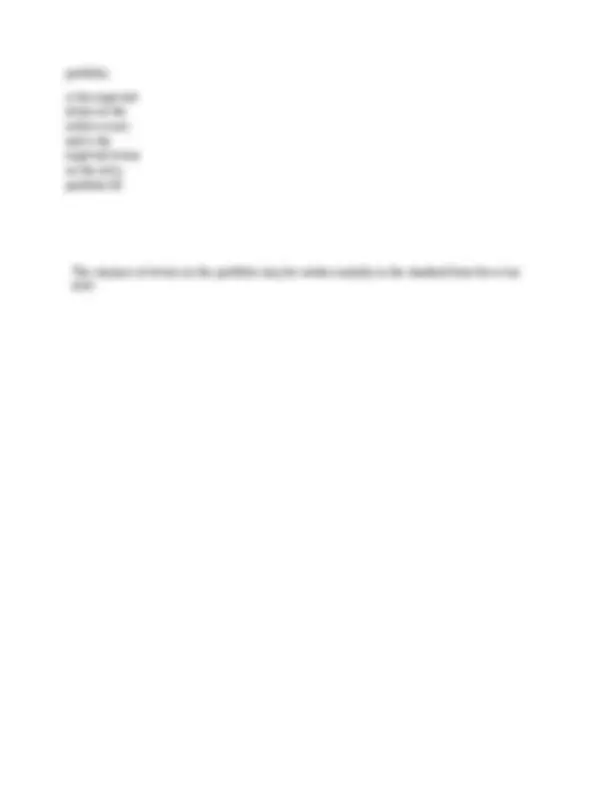
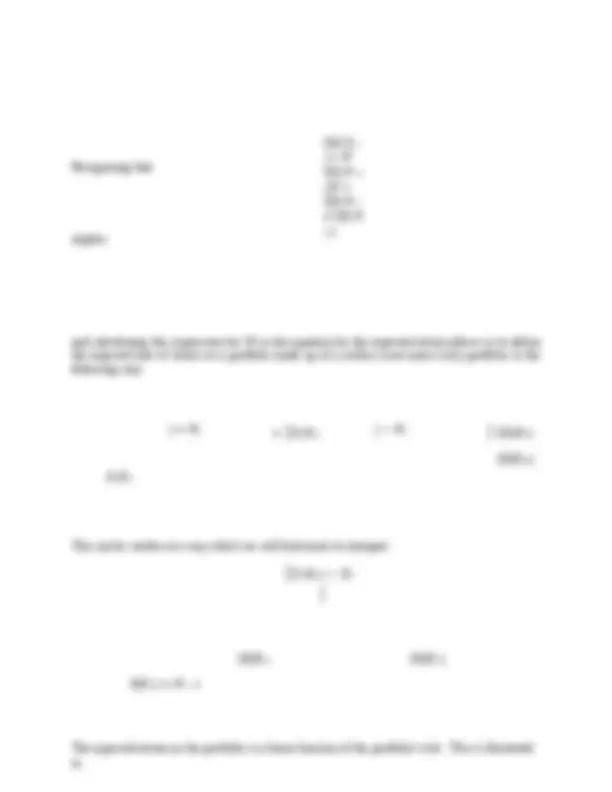
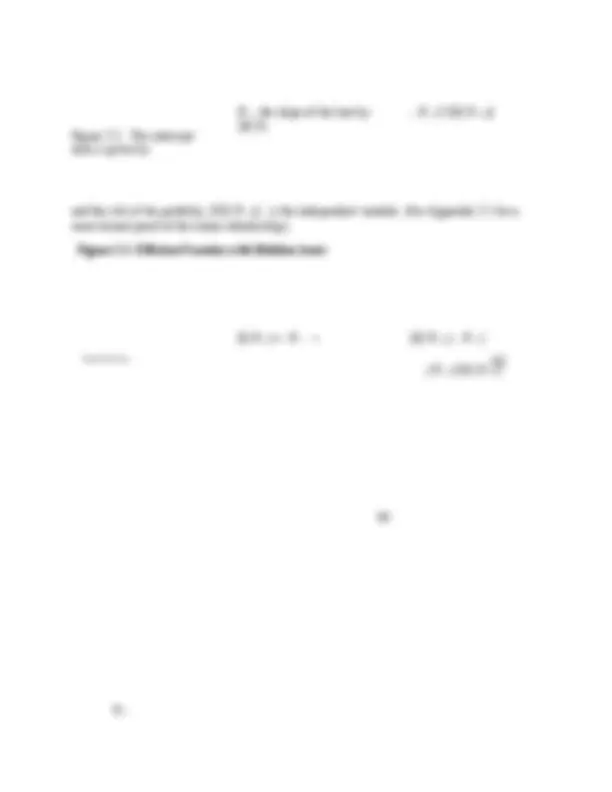
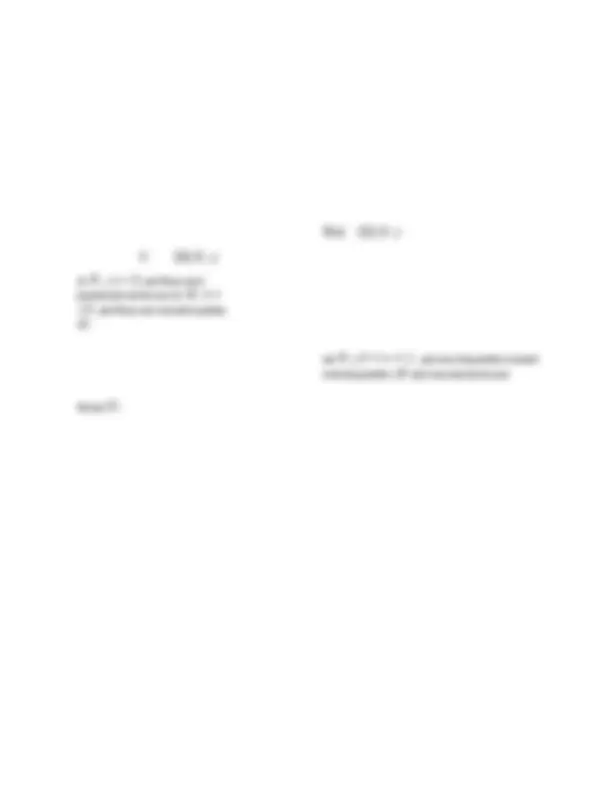
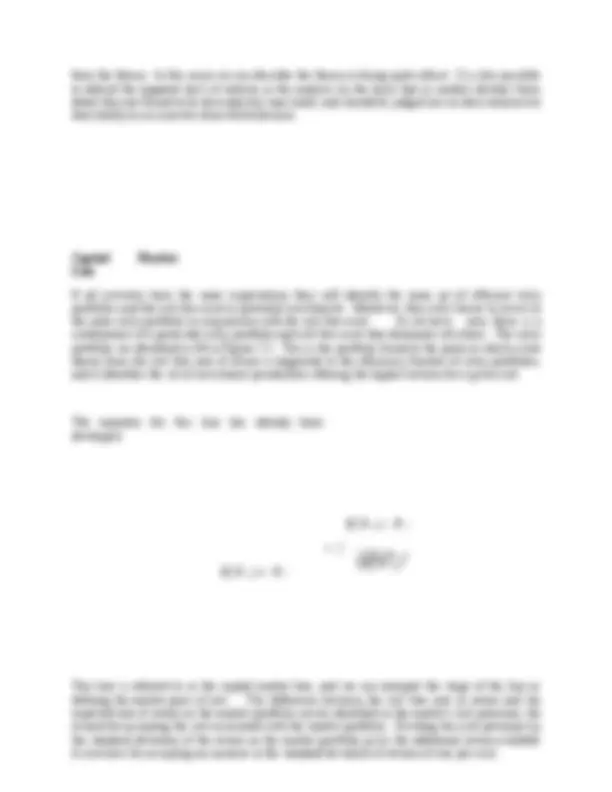
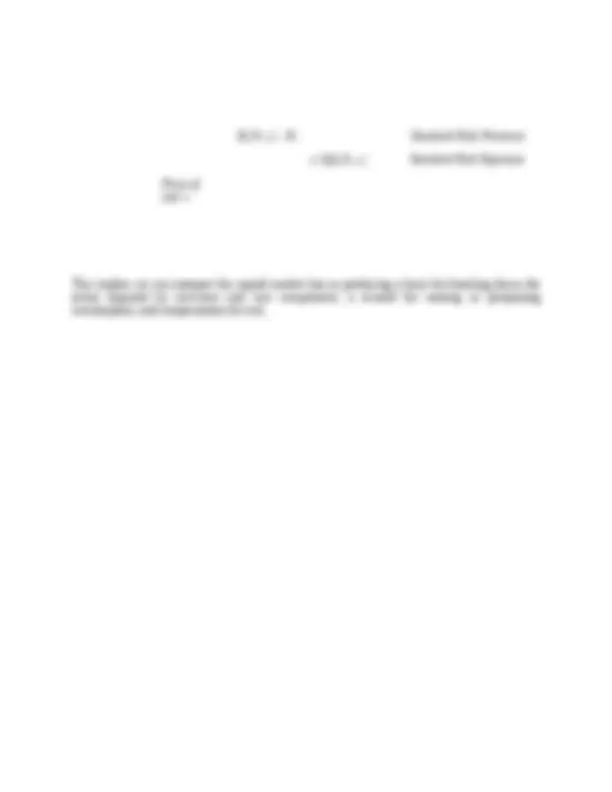
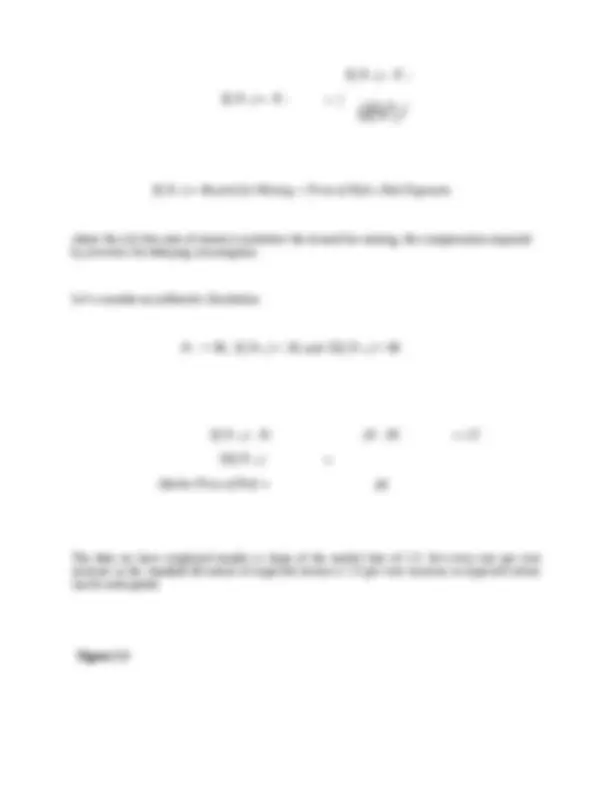
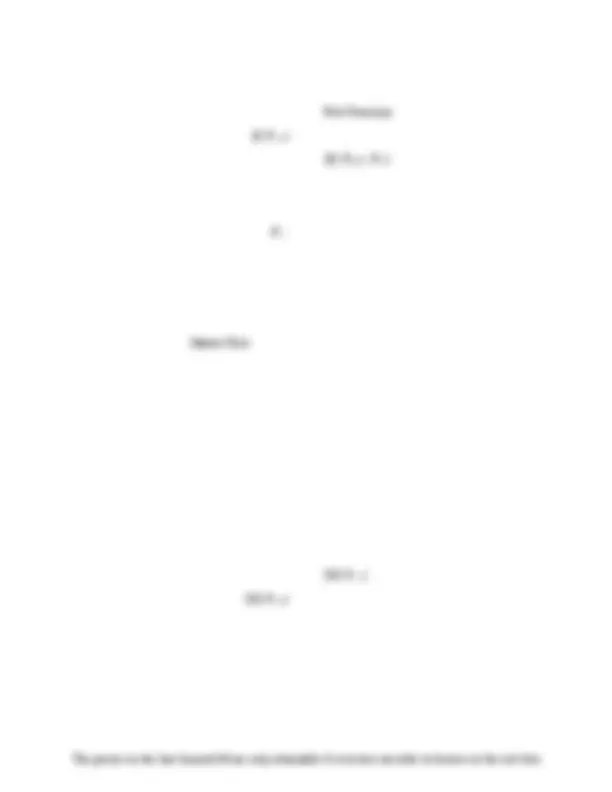

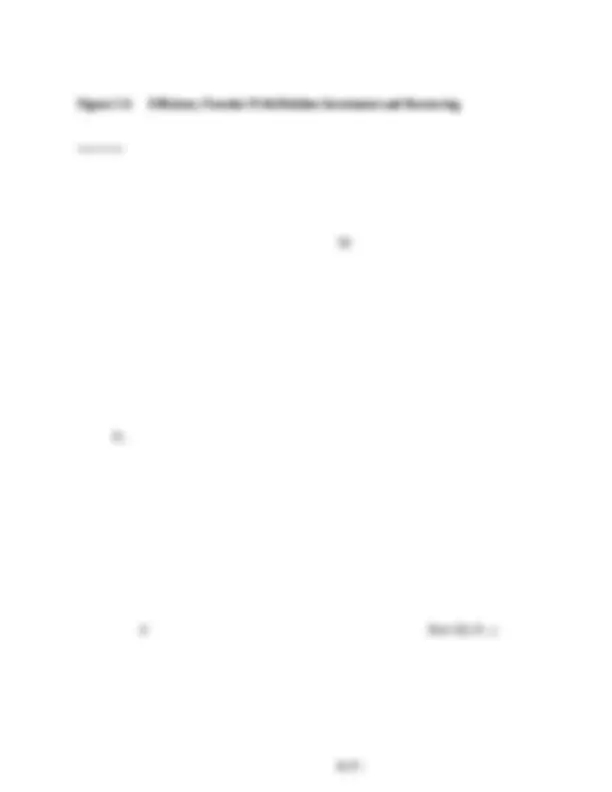
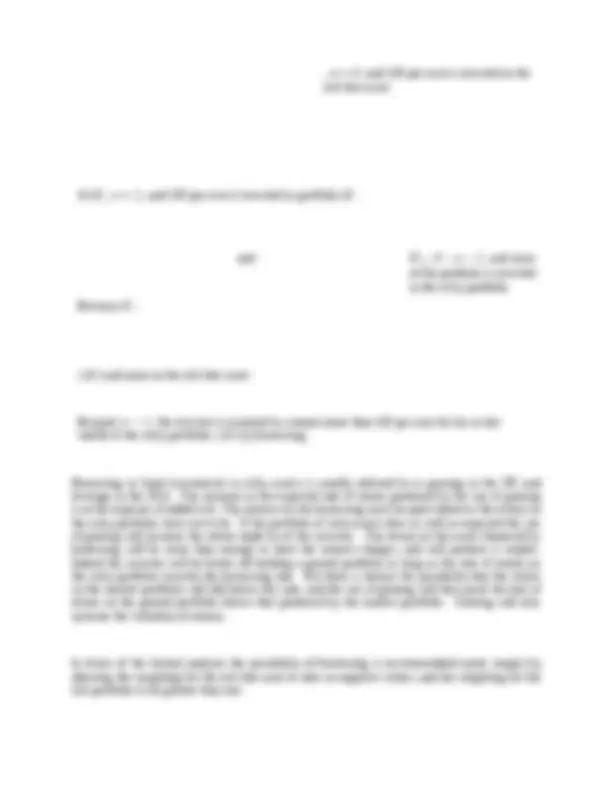
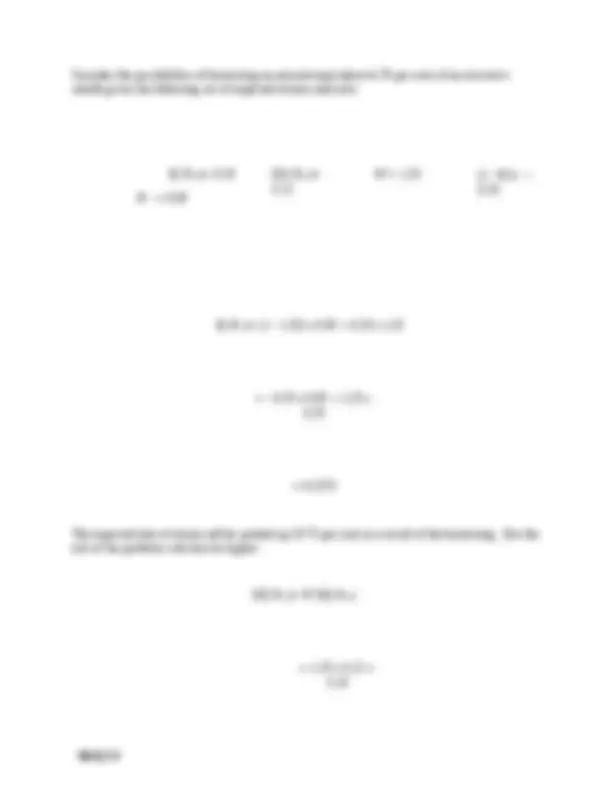
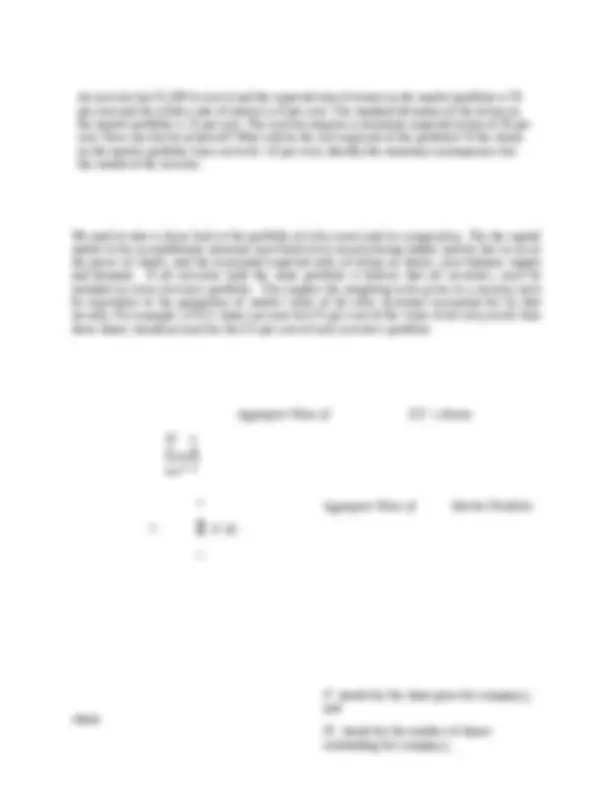

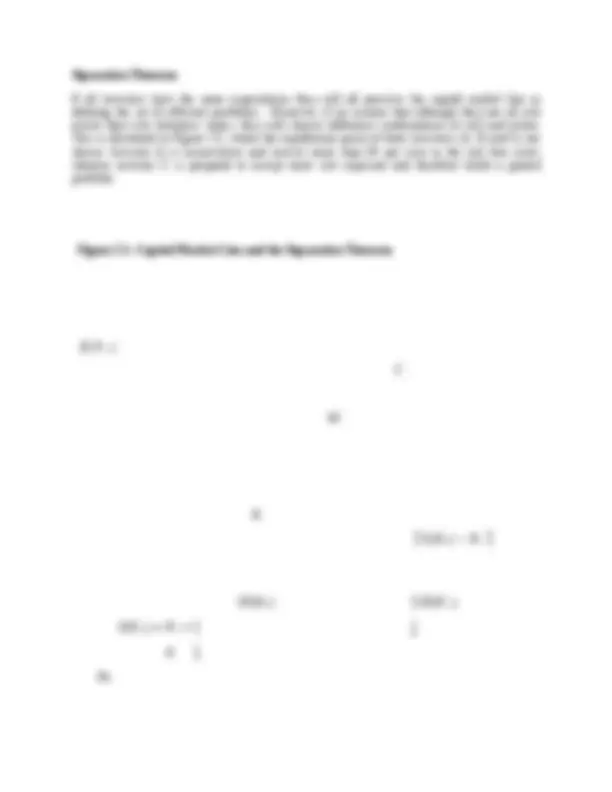
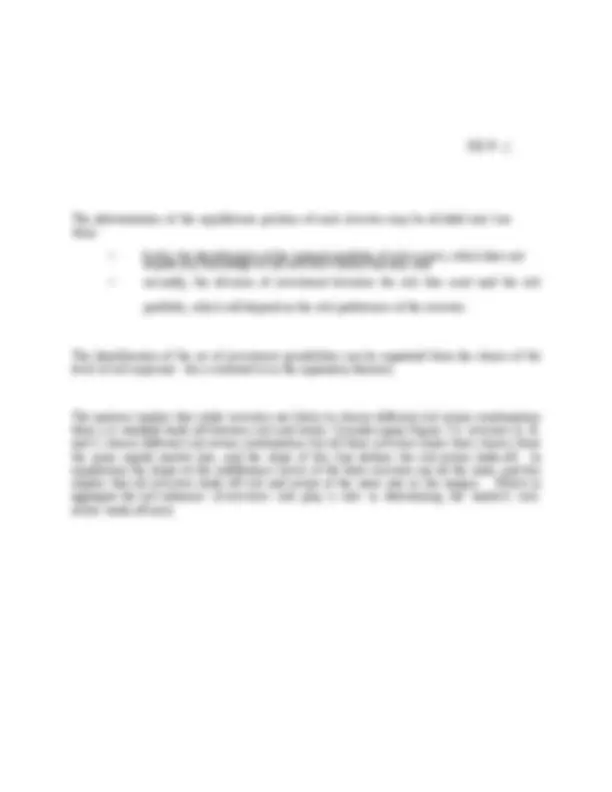
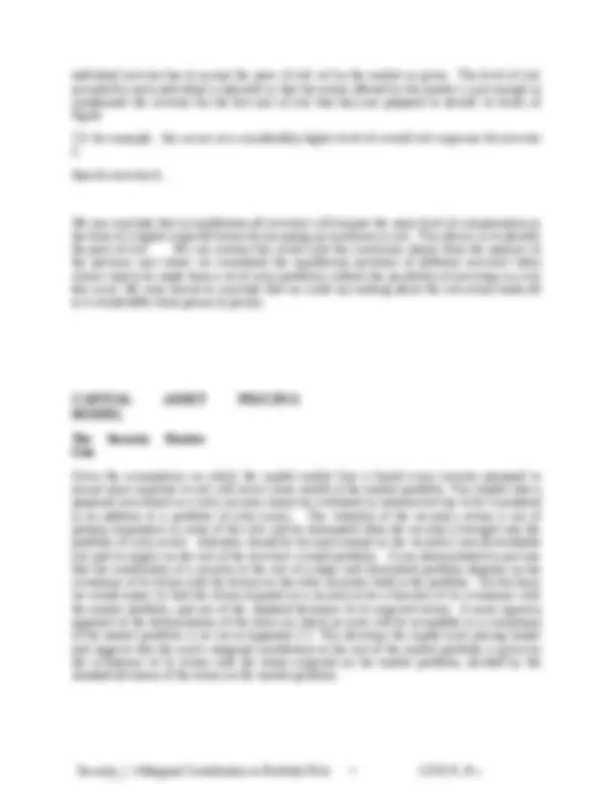
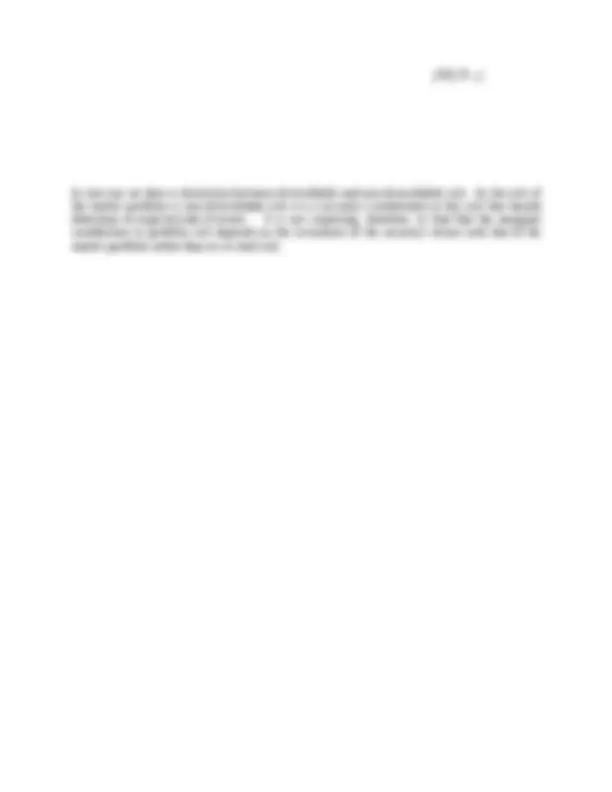
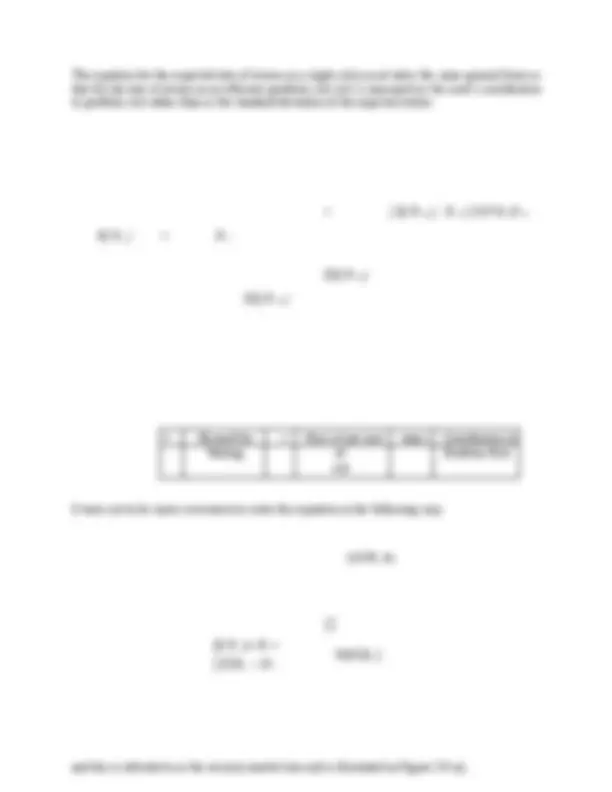
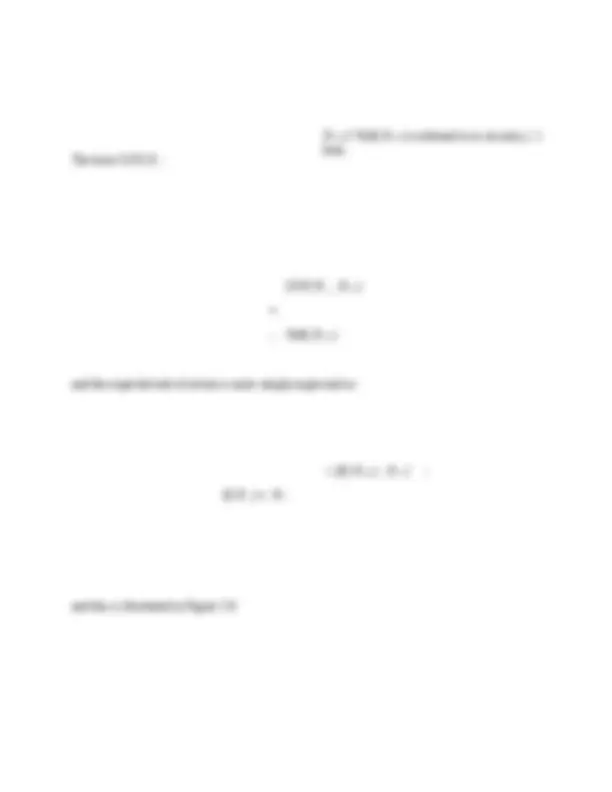
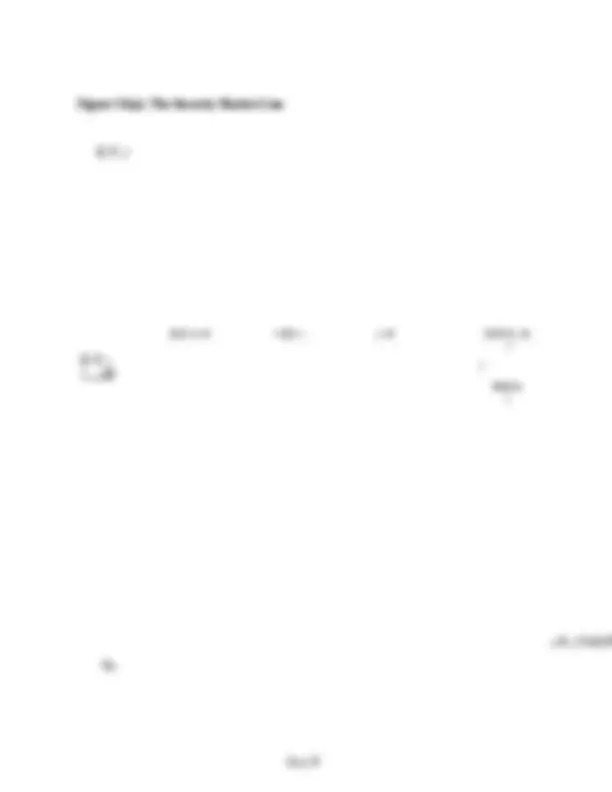
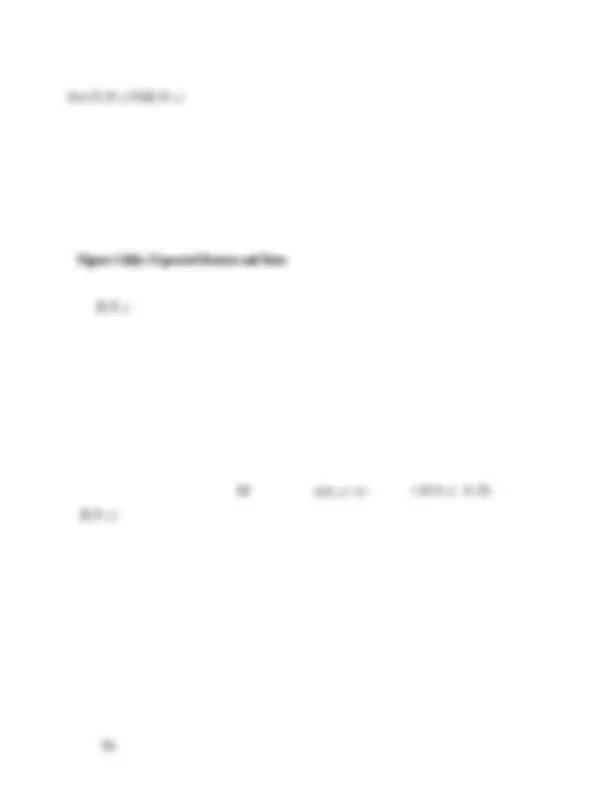
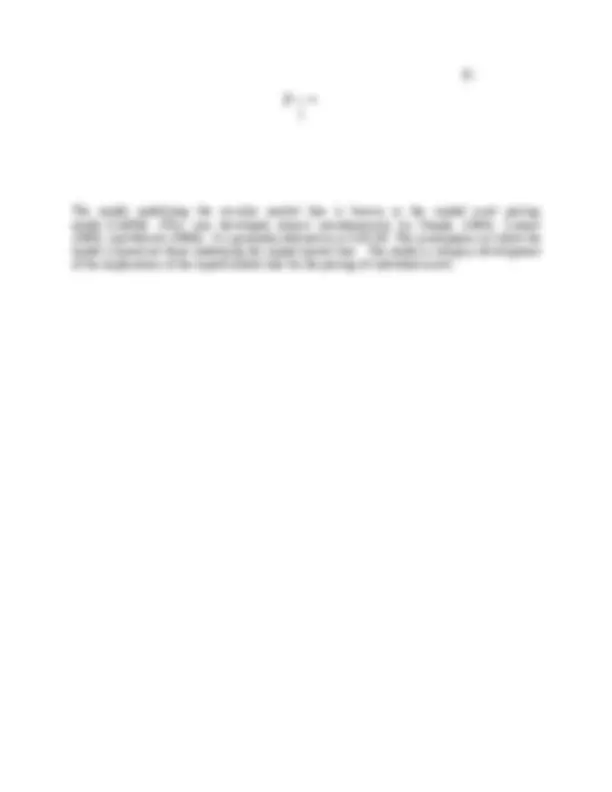
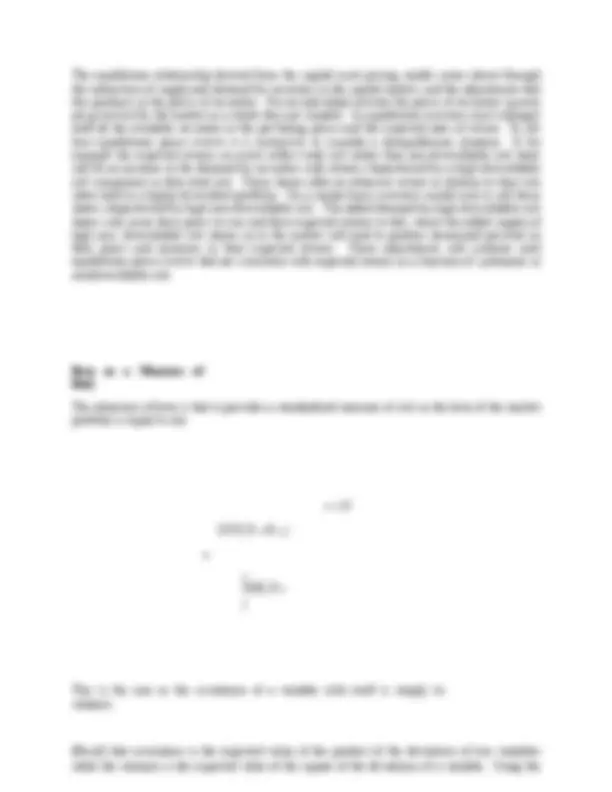
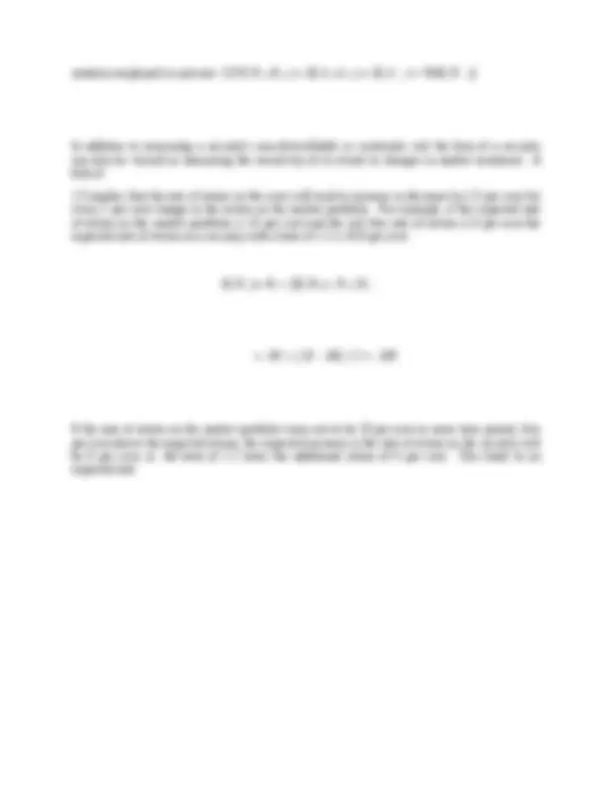
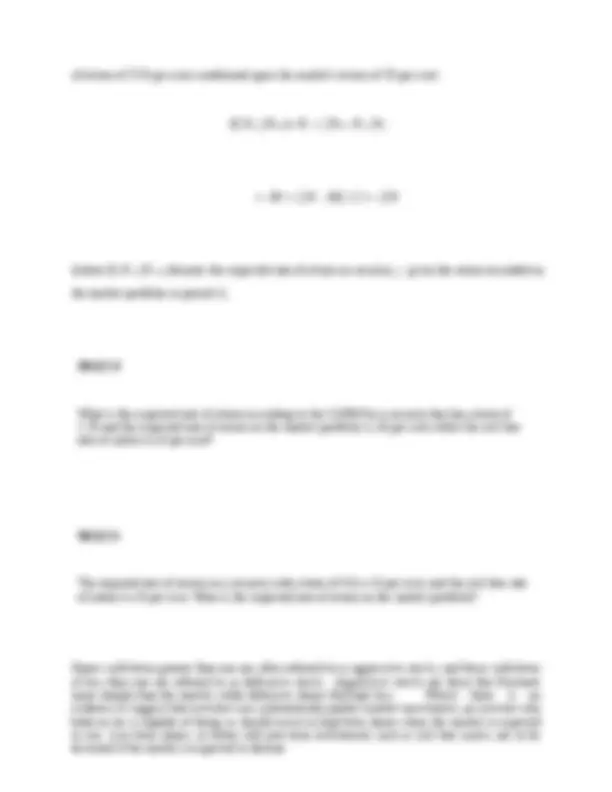
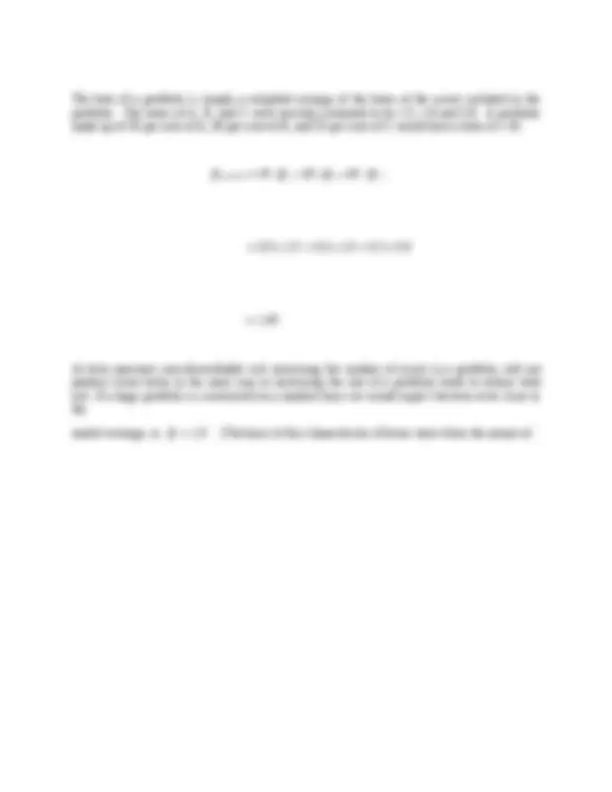
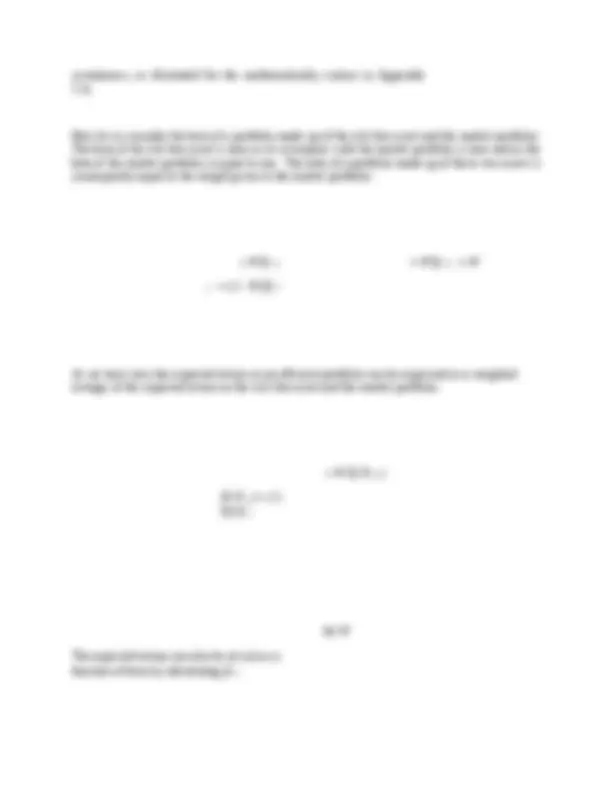
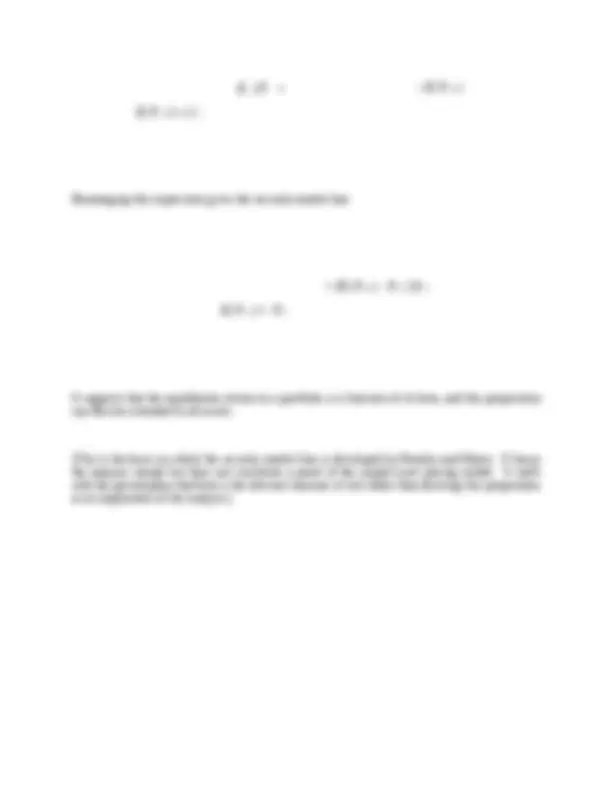
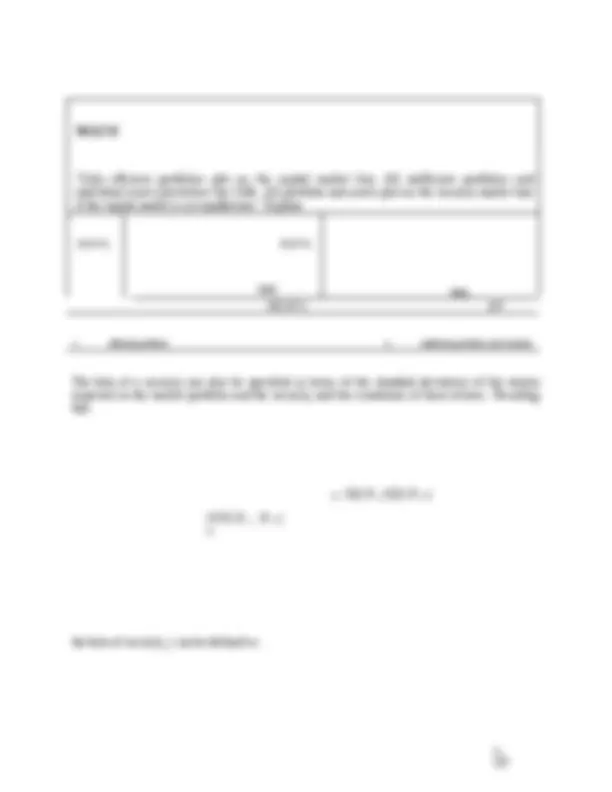
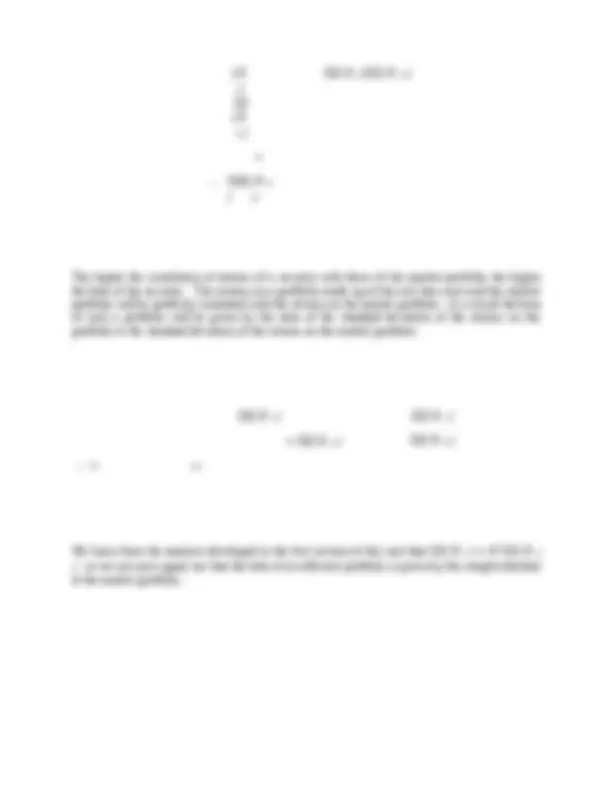
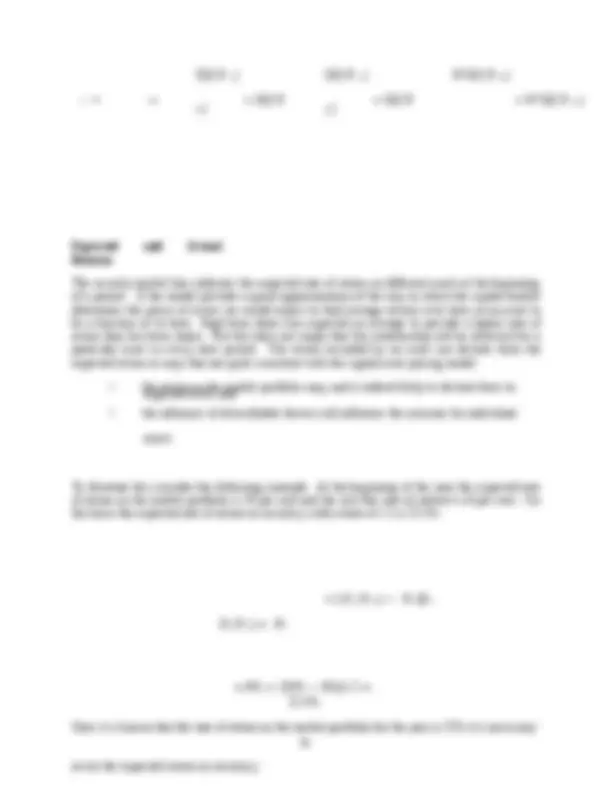

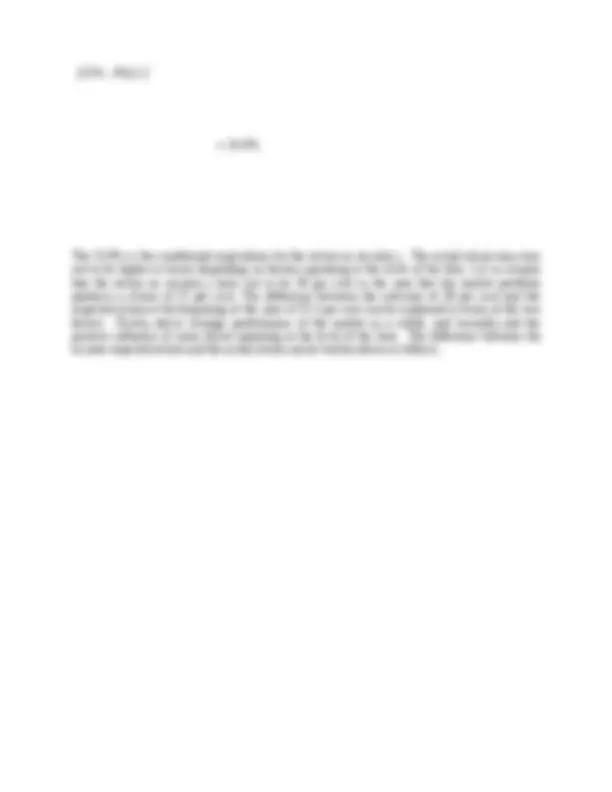
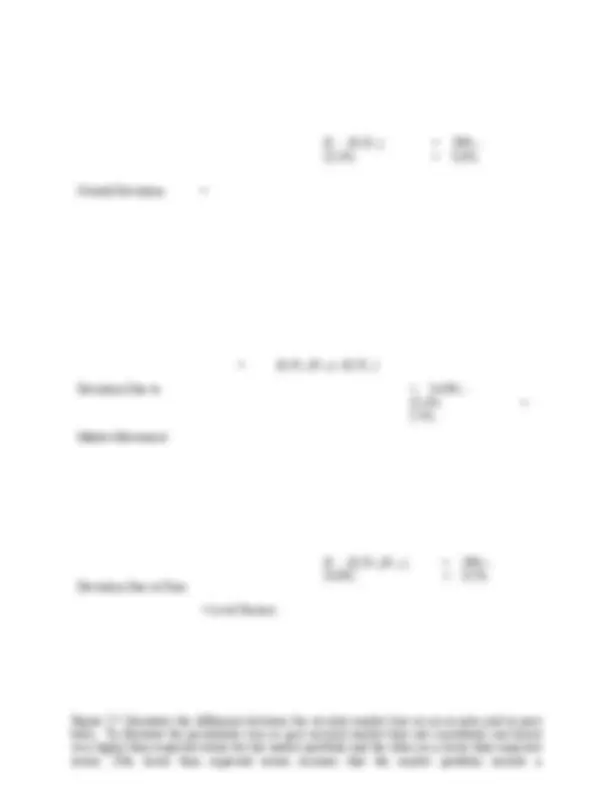
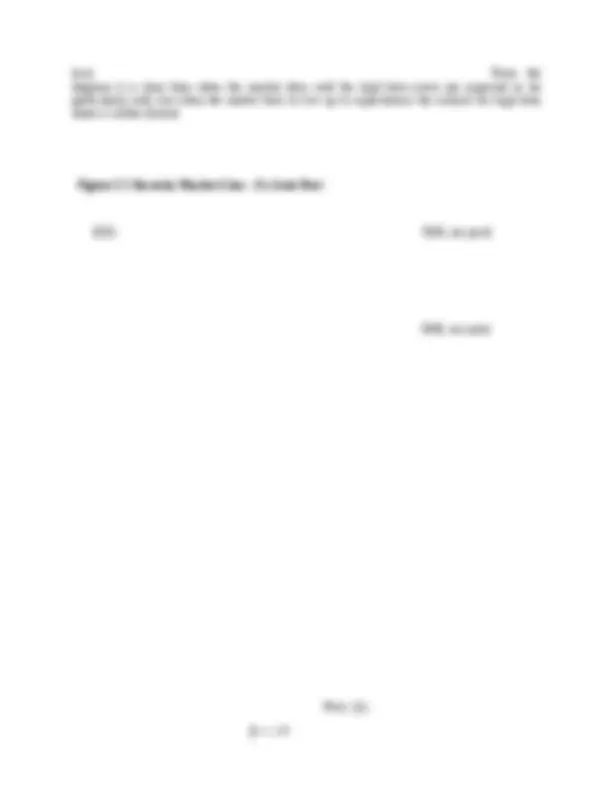
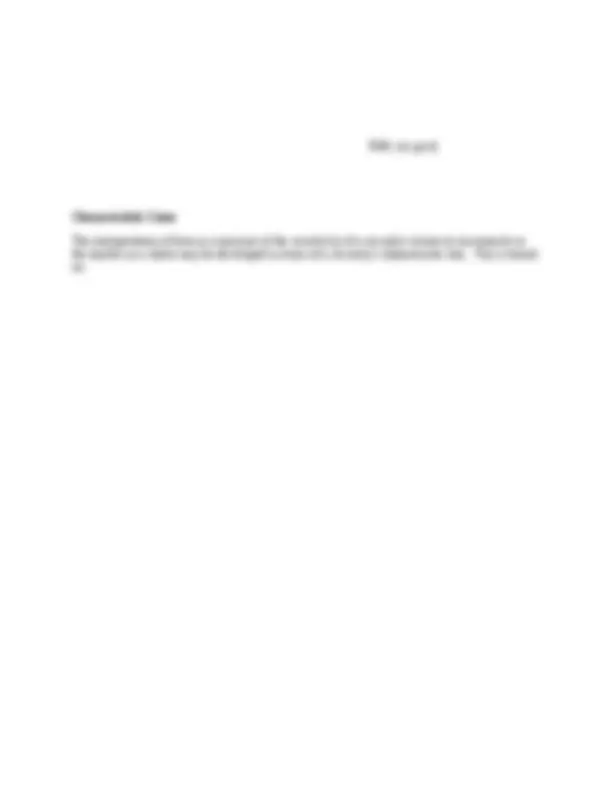
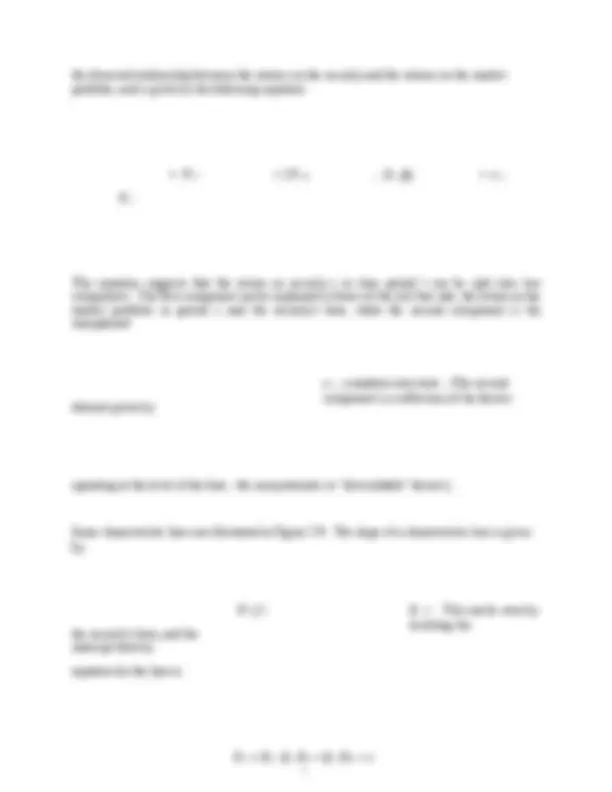
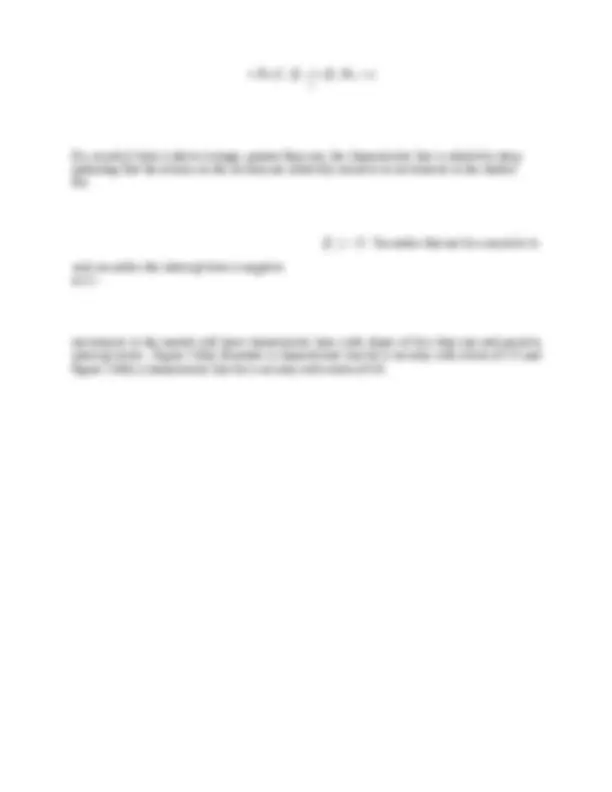
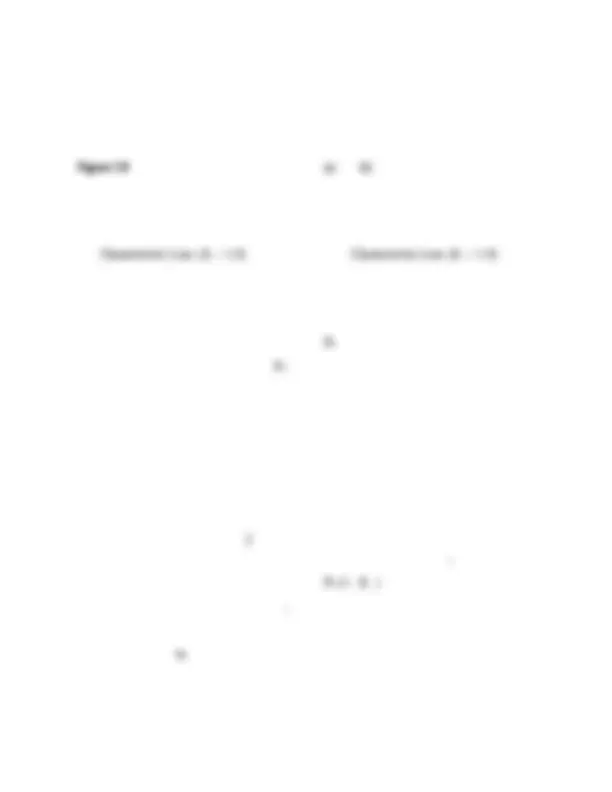
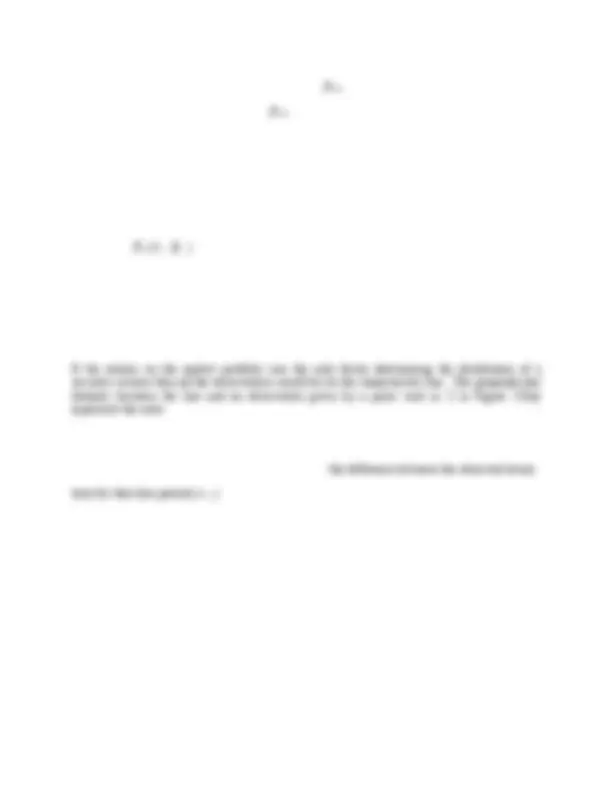
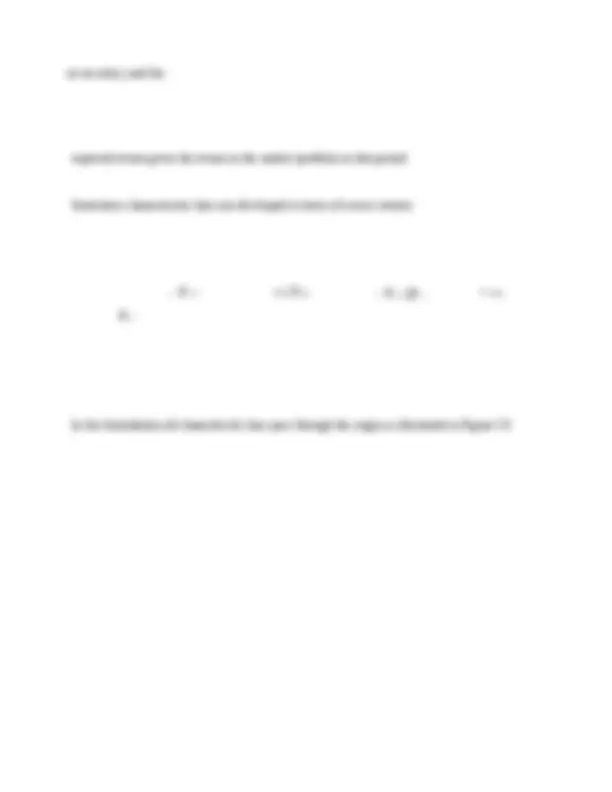
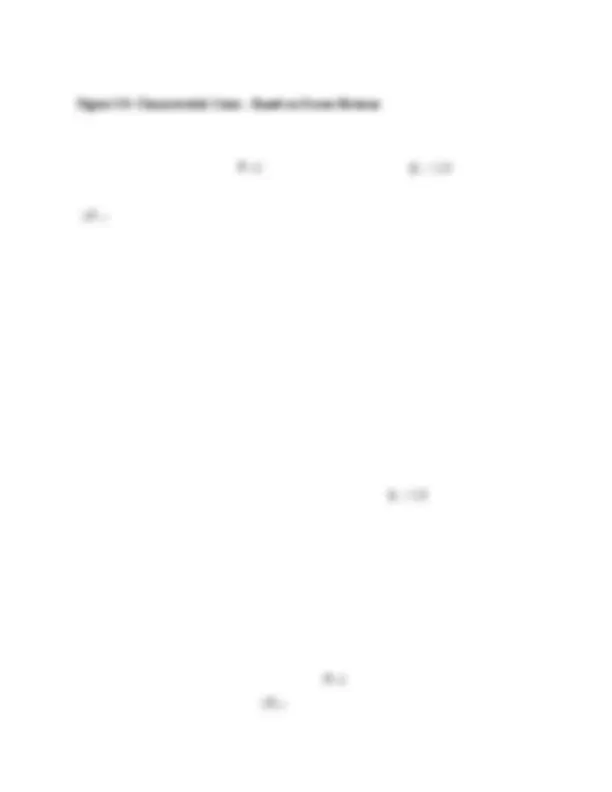
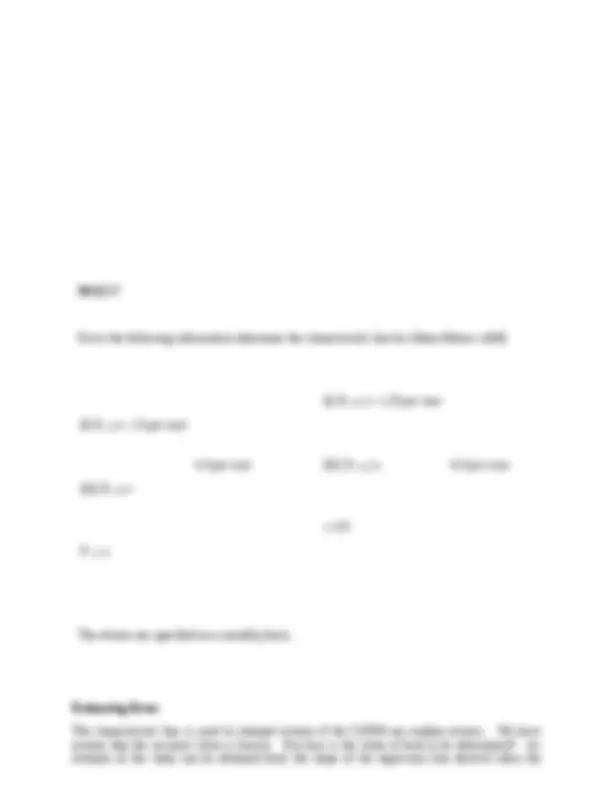

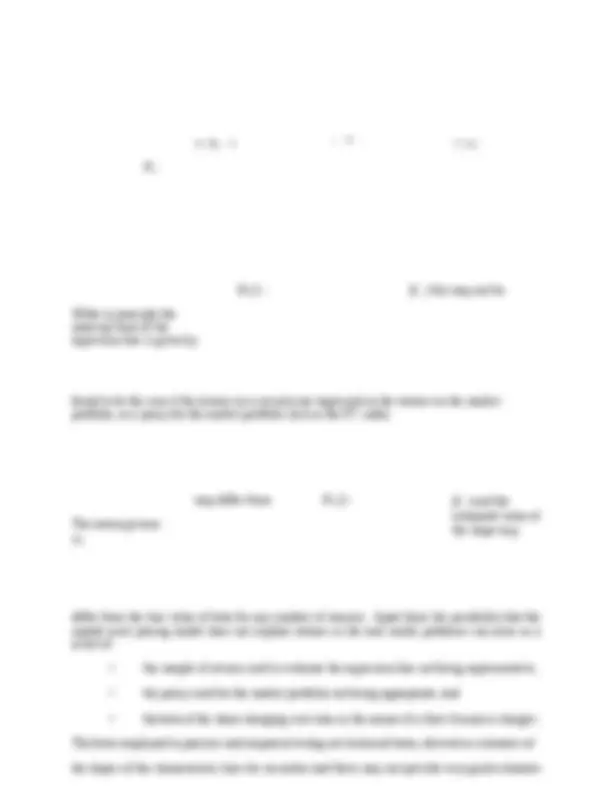

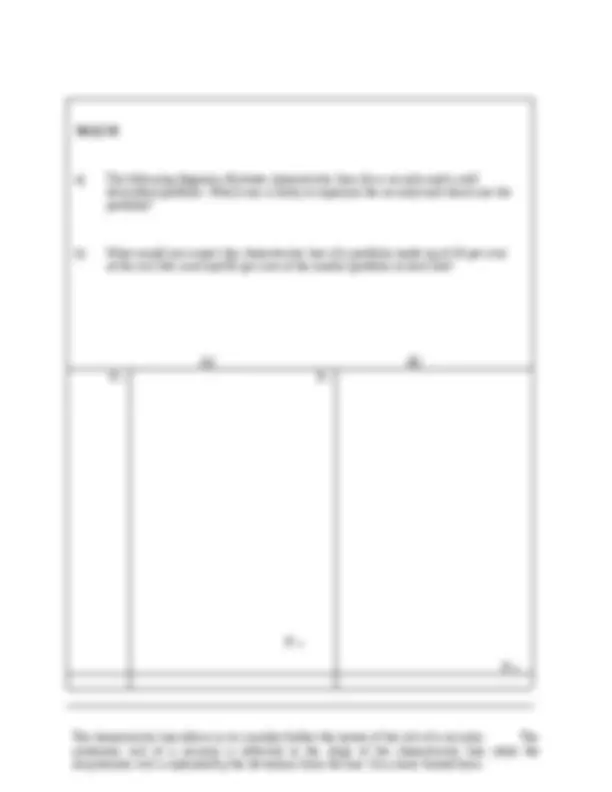

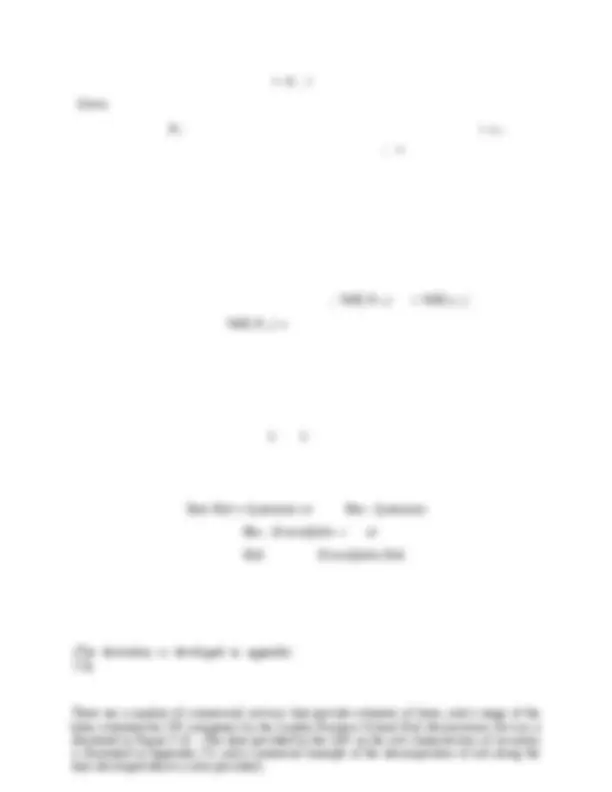
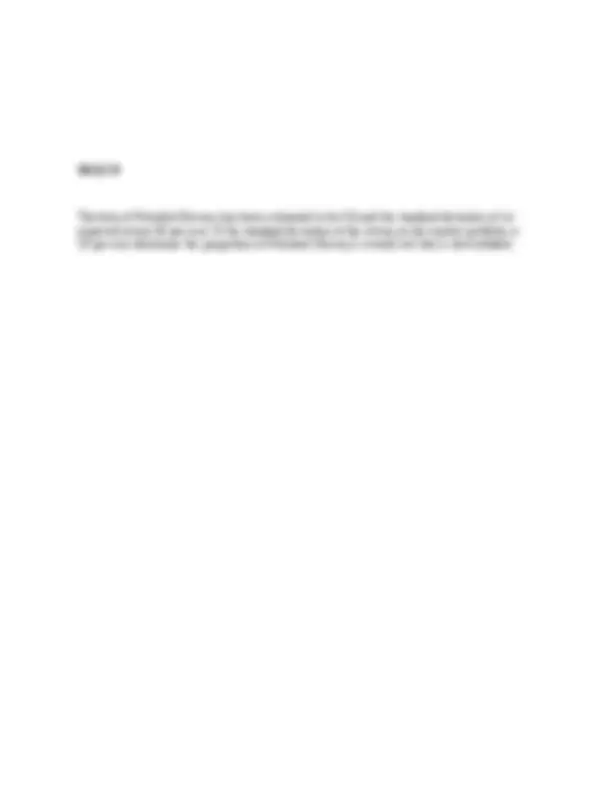
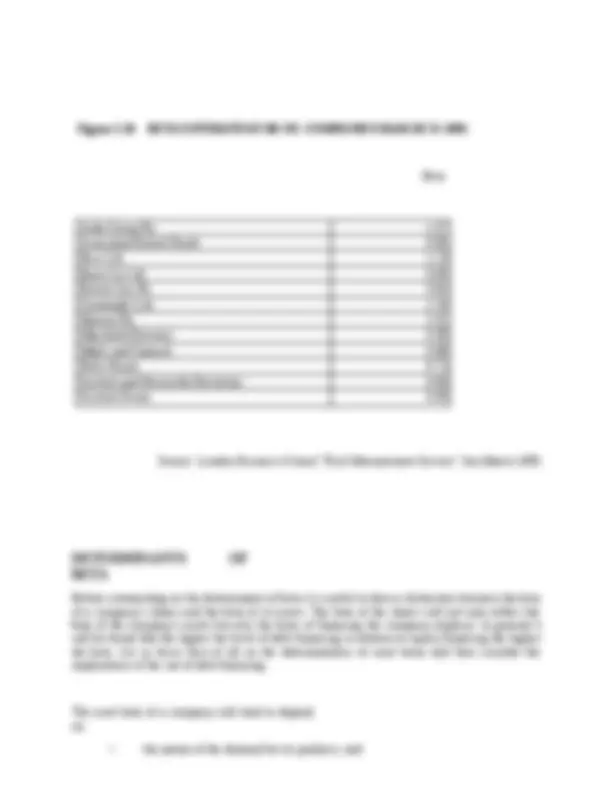
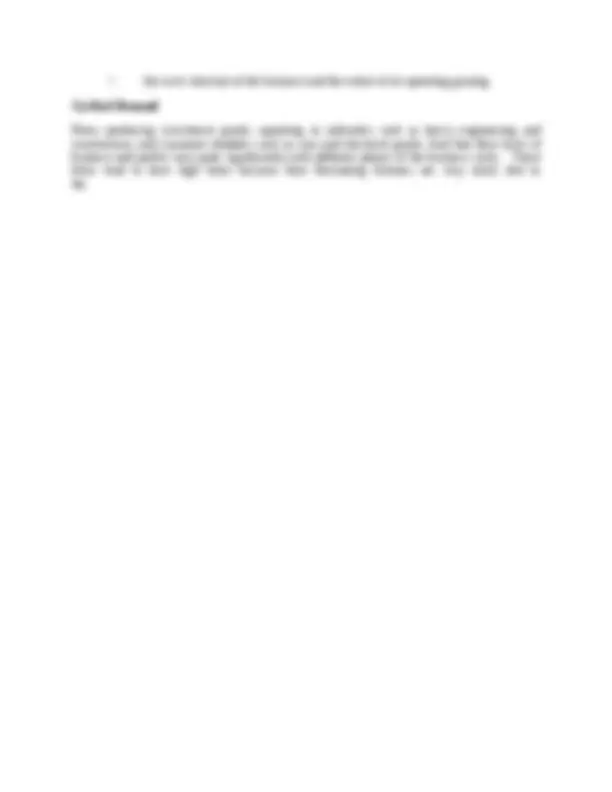
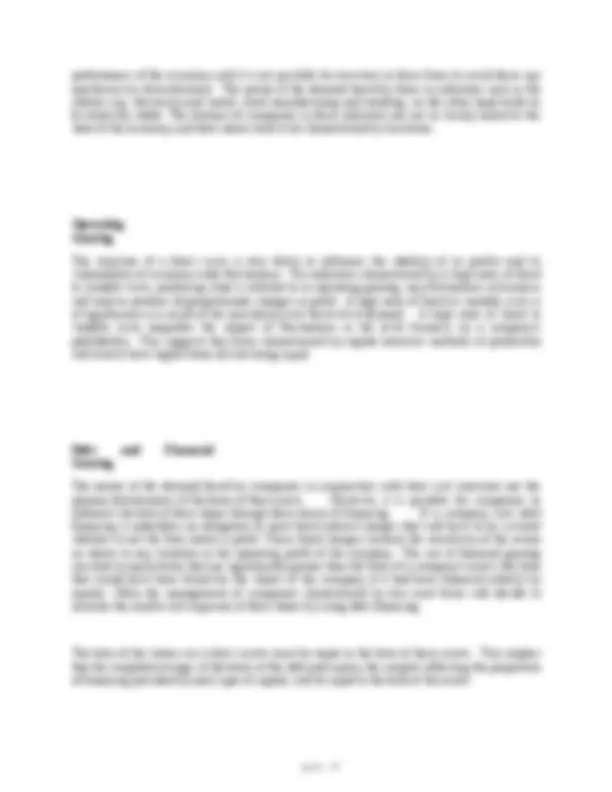
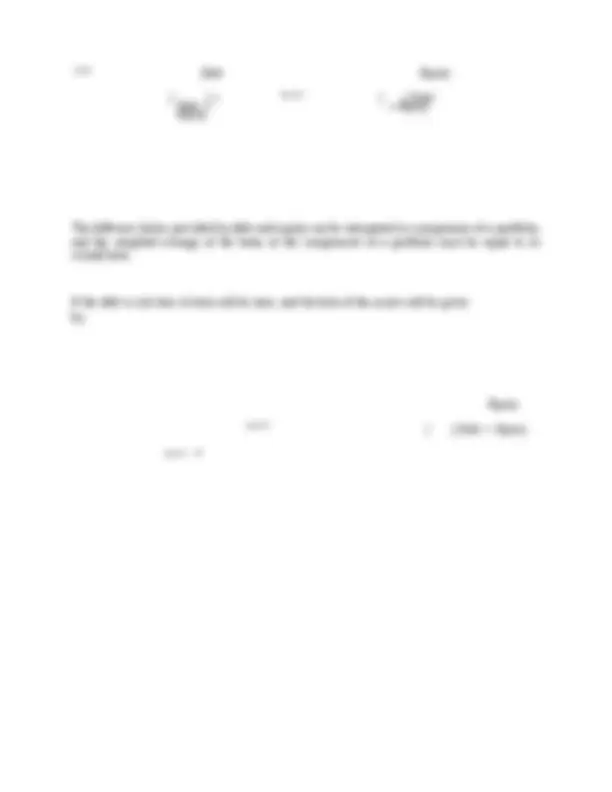
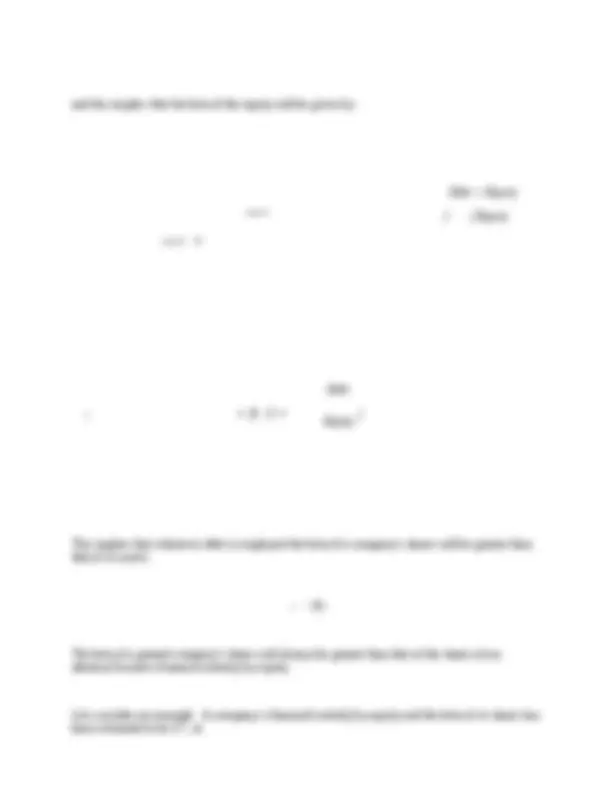
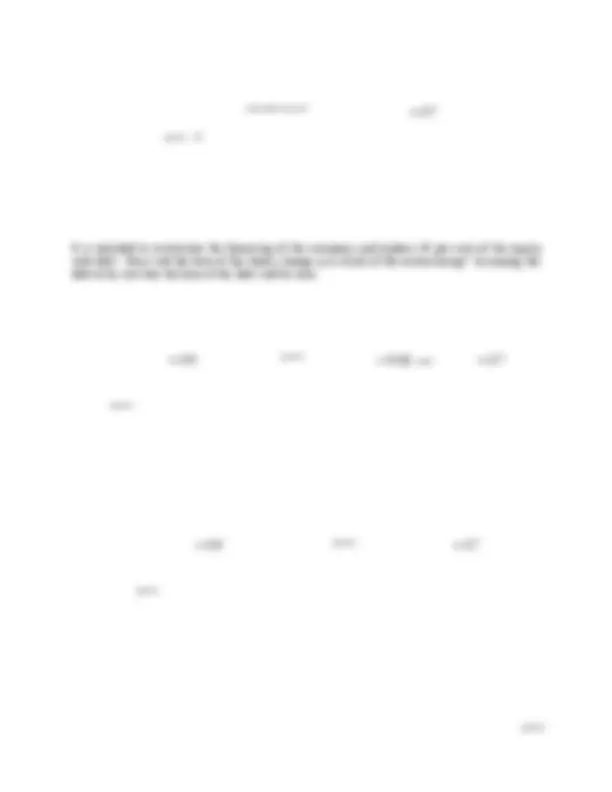
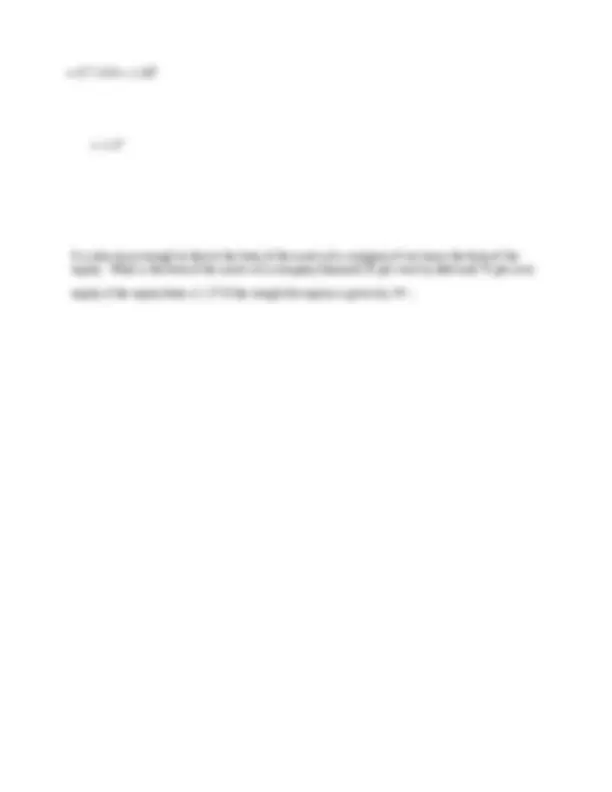
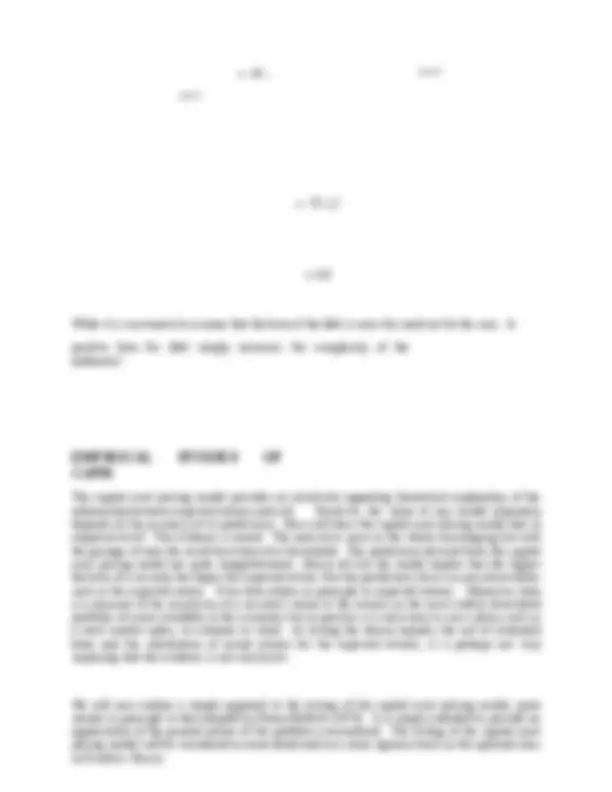
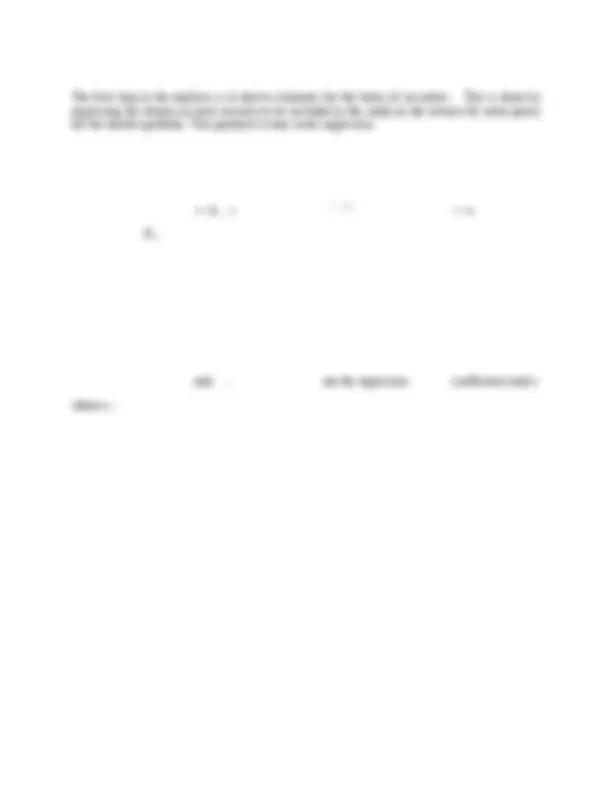
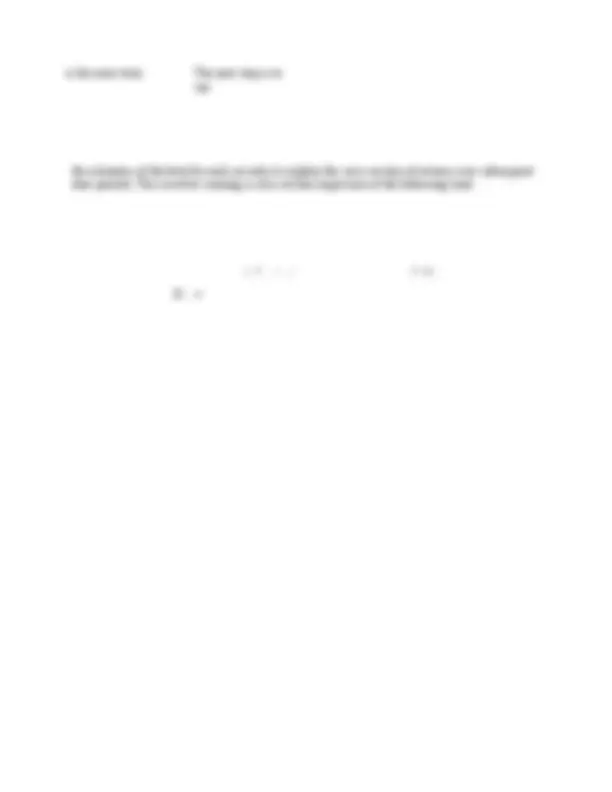
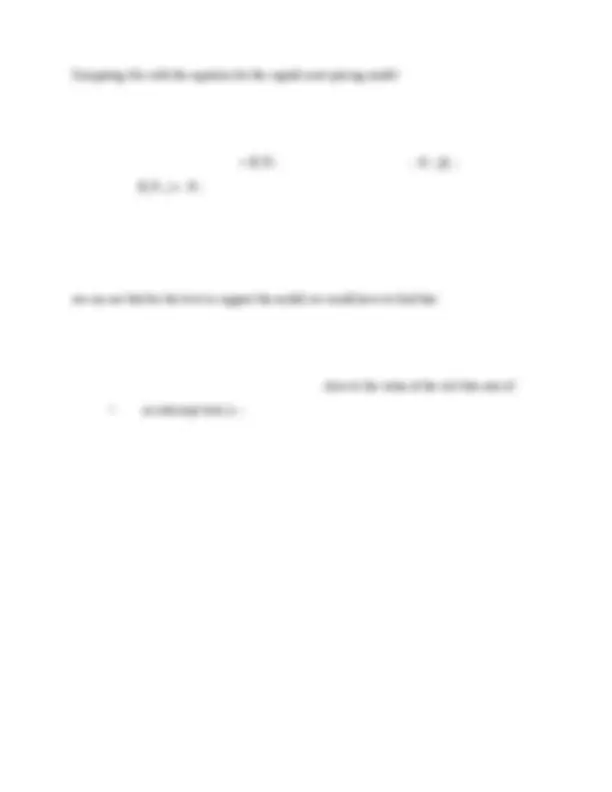
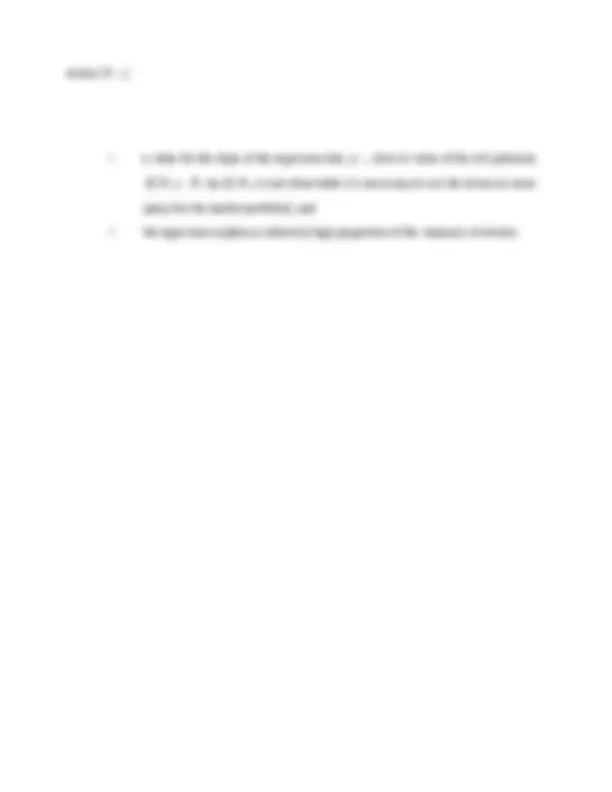
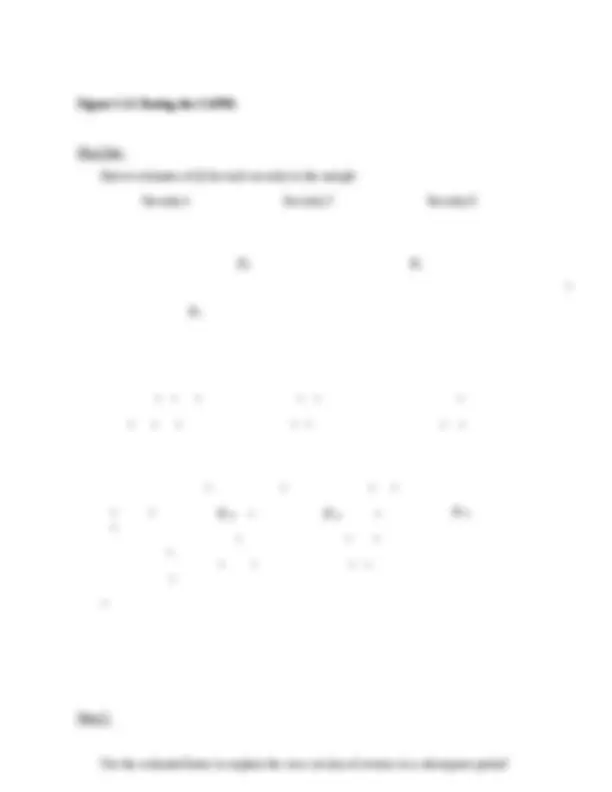


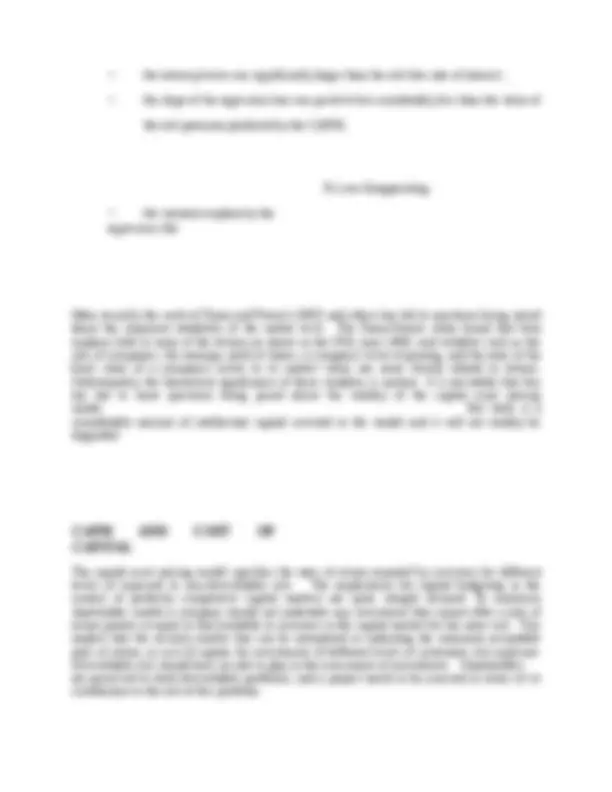
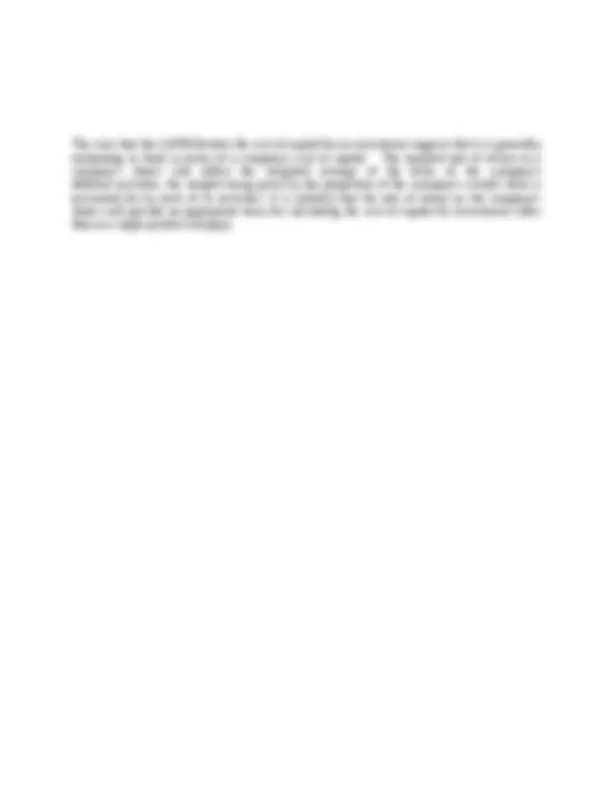
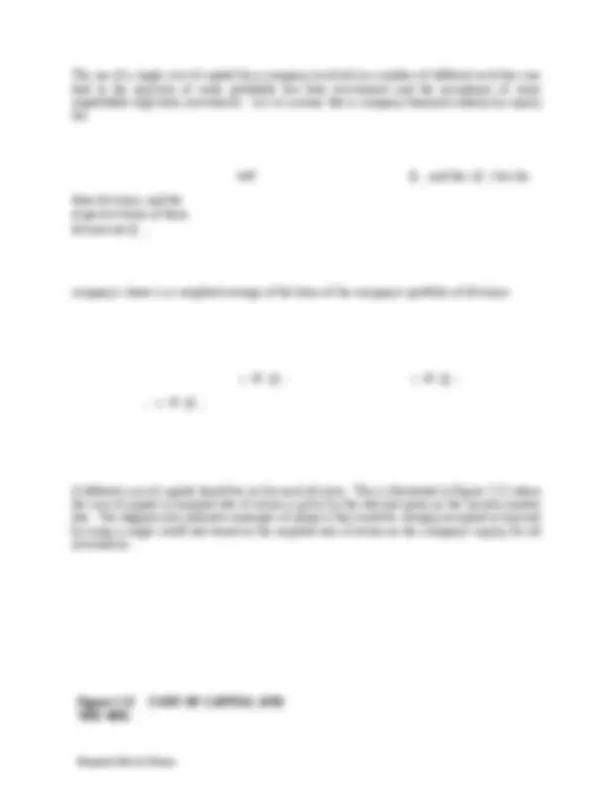
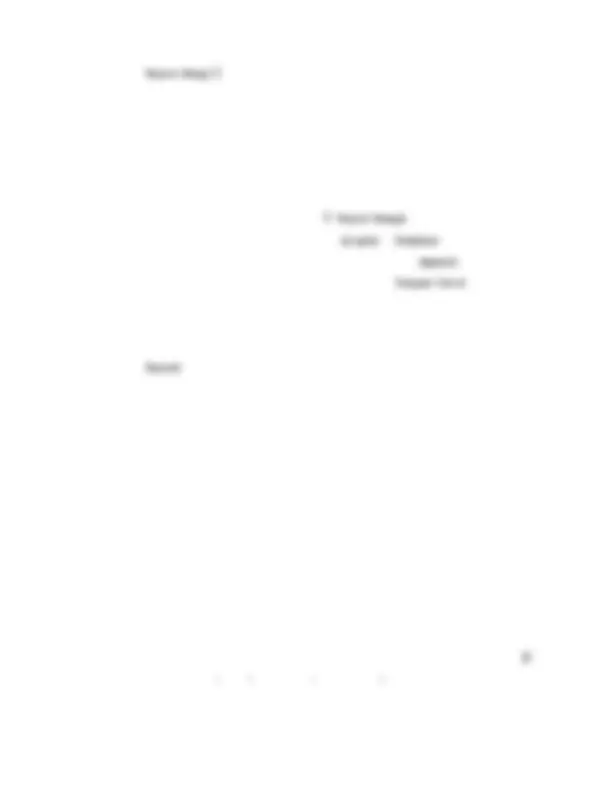
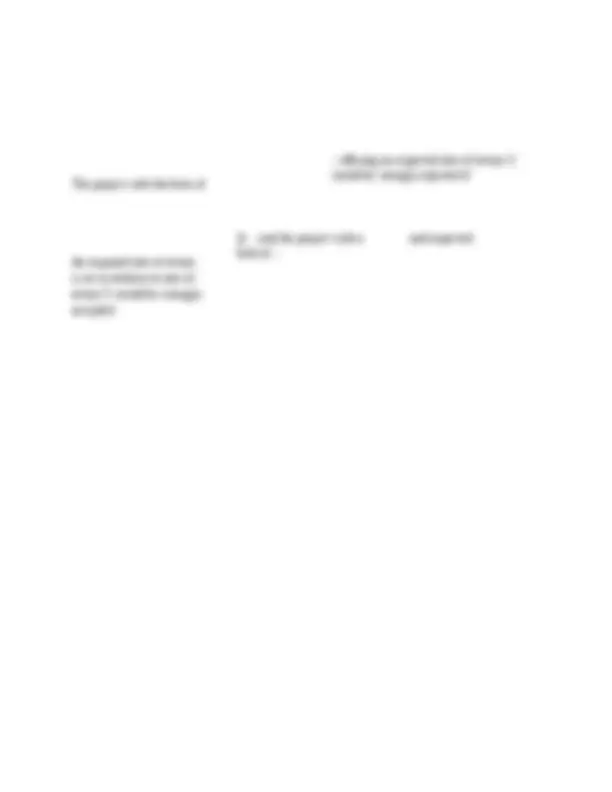
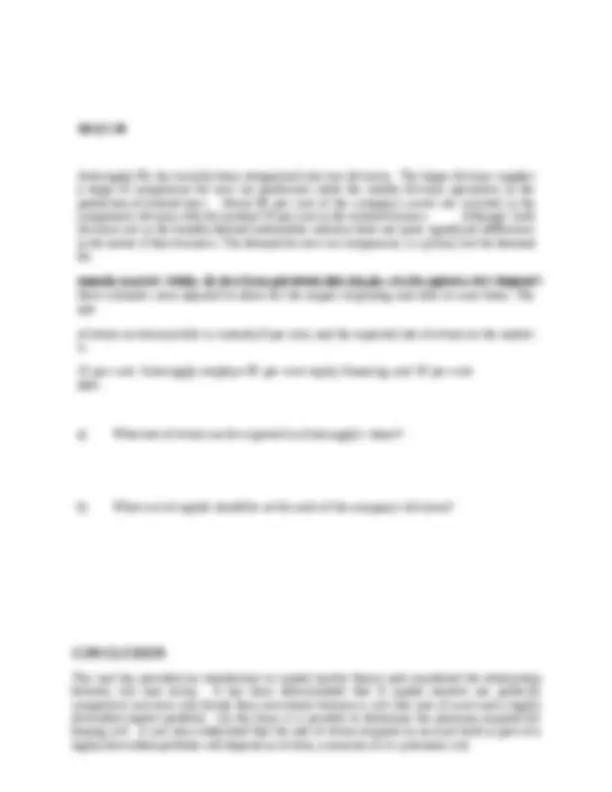

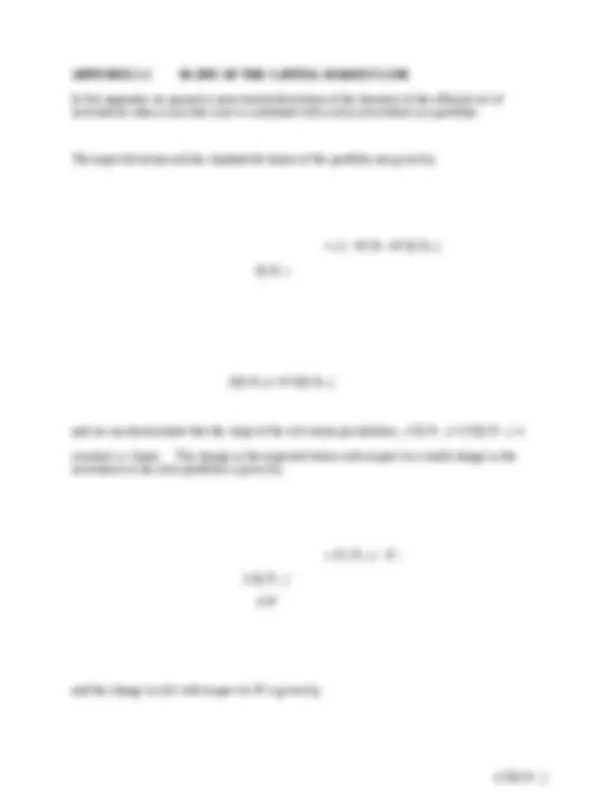
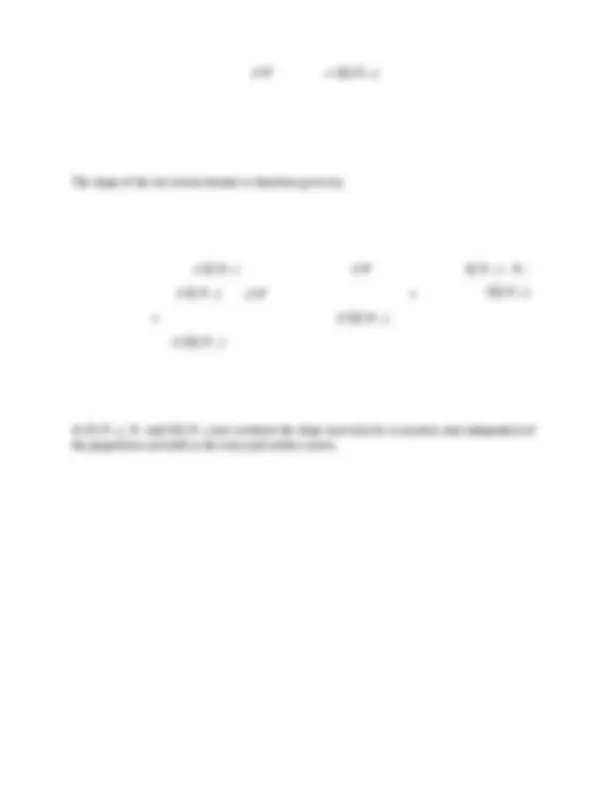
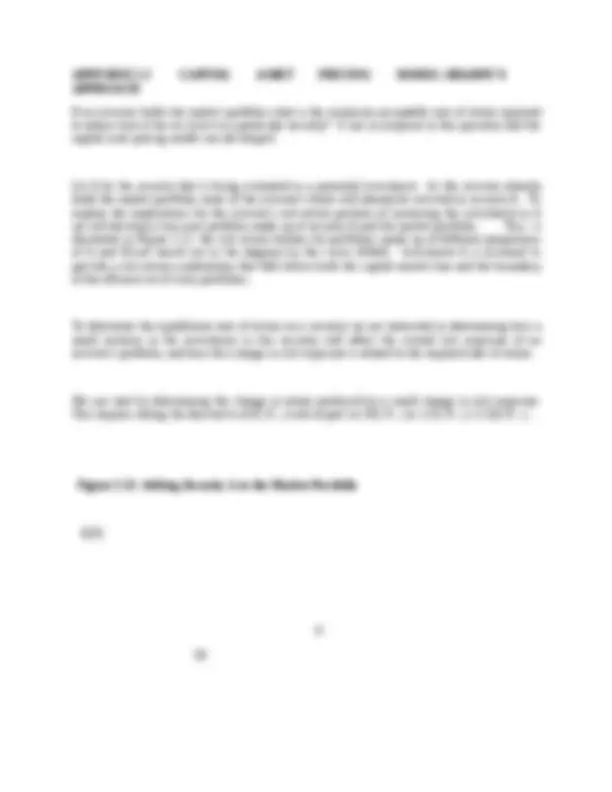

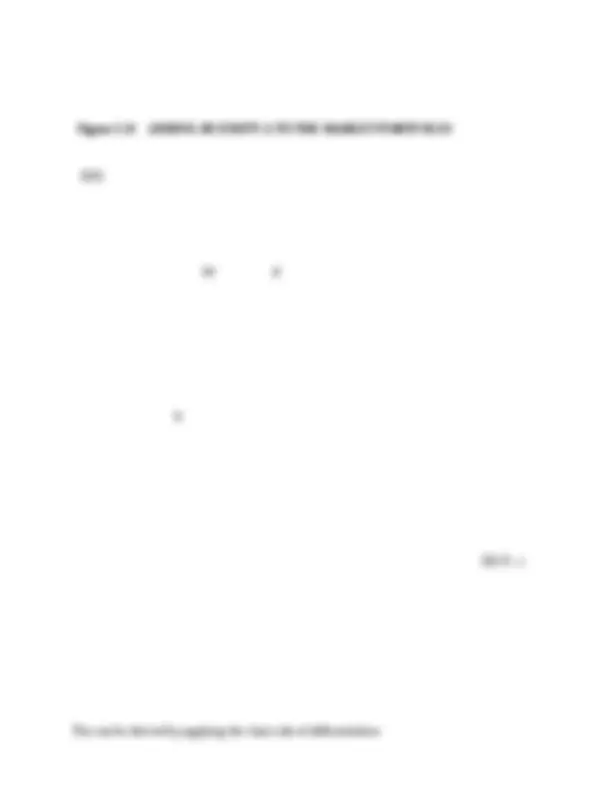
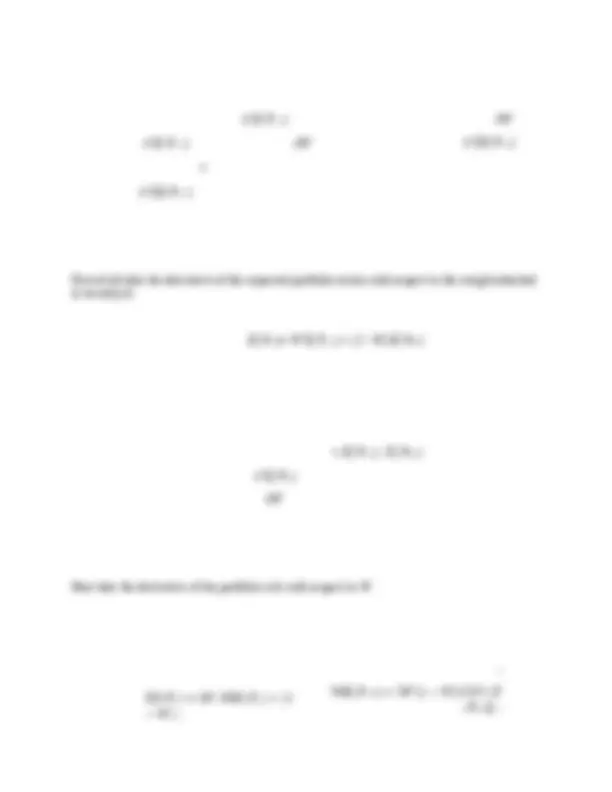
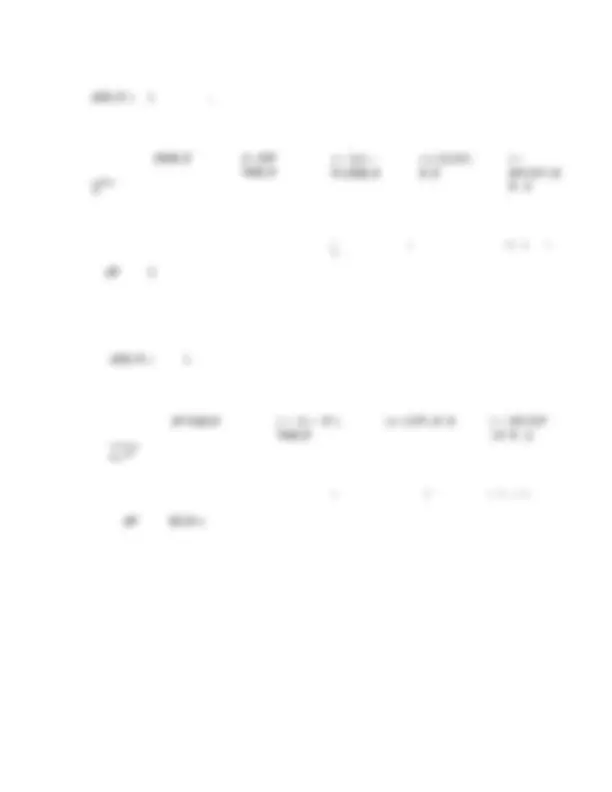
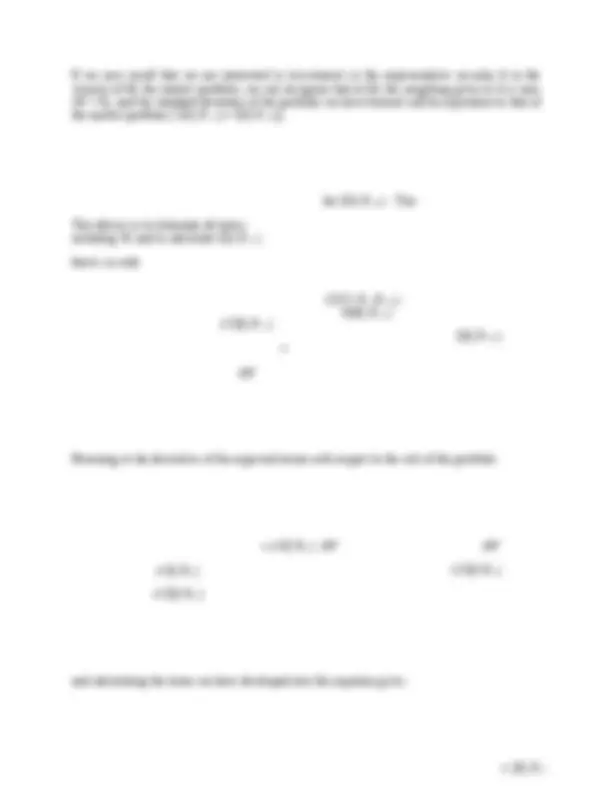
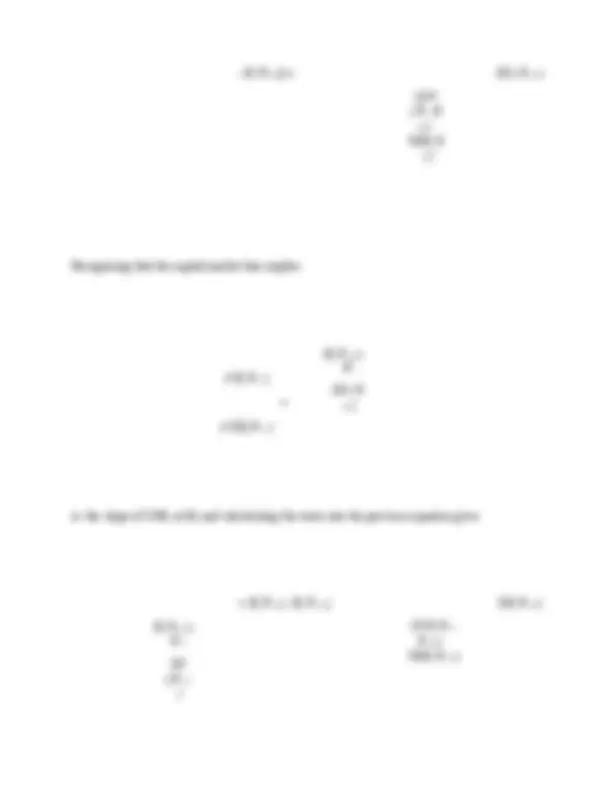
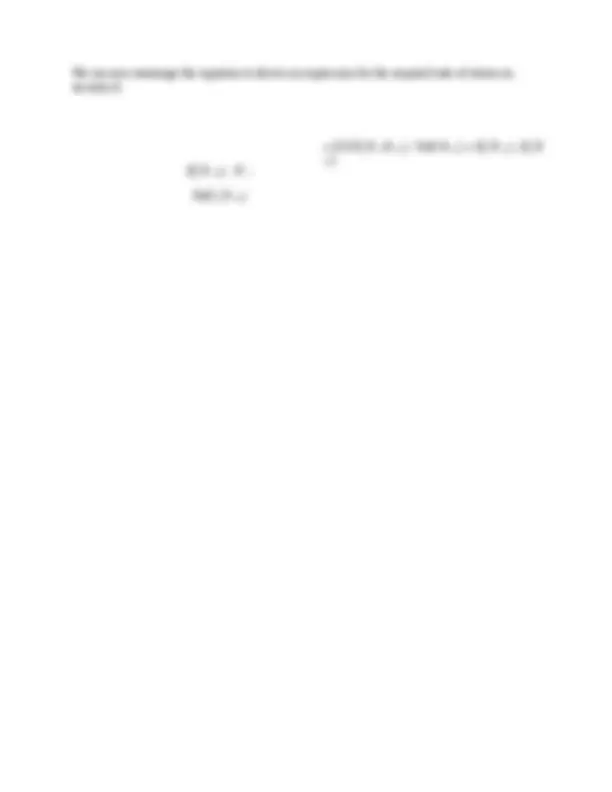
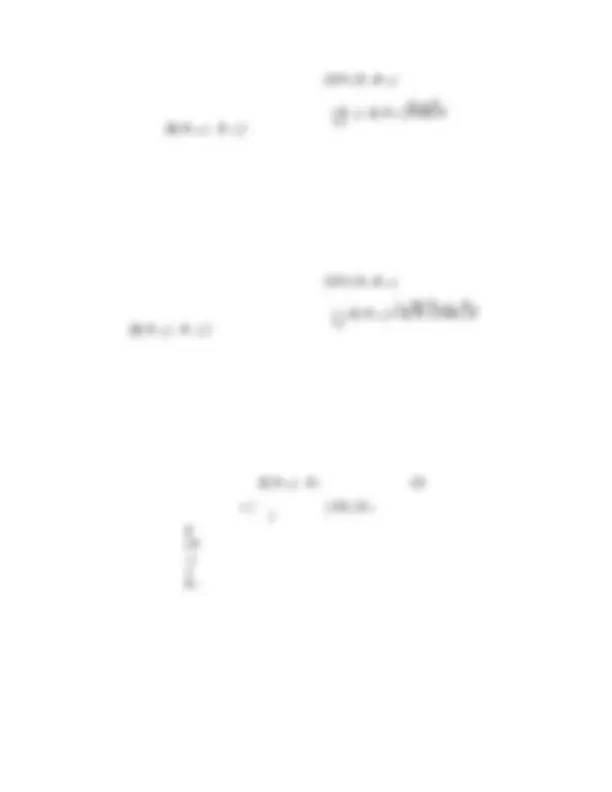
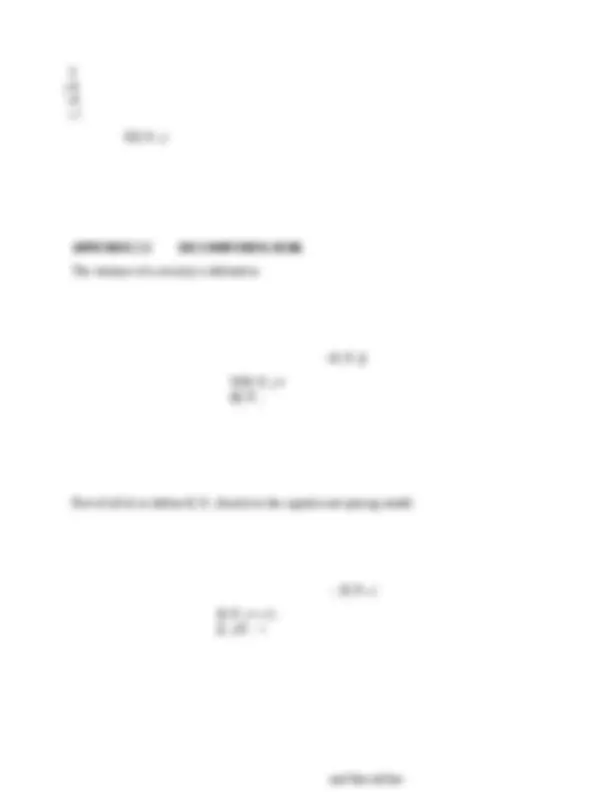
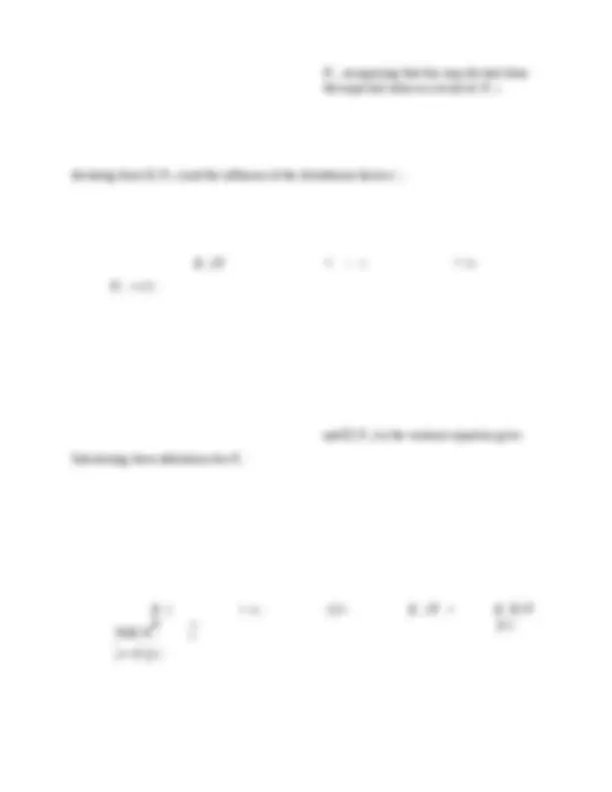



Study with the several resources on Docsity

Earn points by helping other students or get them with a premium plan


Prepare for your exams
Study with the several resources on Docsity

Earn points to download
Earn points by helping other students or get them with a premium plan
Community
Ask the community for help and clear up your study doubts
Discover the best universities in your country according to Docsity users
Free resources
Download our free guides on studying techniques, anxiety management strategies, and thesis advice from Docsity tutors
The fundamental concepts of capital market theory, focusing on the relationship between risk and return. It covers topics such as portfolio theory, the capital market line, the capital asset pricing model, and the role of beta as a measure of risk. The document also discusses the impact of borrowing on expected returns.
Typology: Study Guides, Projects, Research
1 / 121

This page cannot be seen from the preview
Don't miss anything!





























































































- Aims Page - Objectives Aims
The aims of this unit are to develop the basic elements of capital market theory and to explain the relationship between risk and return.
Objectives
After completing this unit you should be able to
portfolio;
of capital.
In this unit we will first of all consider the implications for portfolio theory of extending the
range of investments to include a risk free asset. The introduction of a risk free asset into the analysis, along with a number of assumptions about the nature of investors and the capital market, provides the basis for developing propositions about the risk-return trade off to be found in an efficient and competitive capital market. In developing the analysis we will make considerable use of the ideas underlying portfolio theory. However, our objective will be different from our discussion of portfolio theory in unit one. Portfolio theory is primarily concerned with the possibilities of reducing risk through diversification, and the development of guidelines on risk management for investors who are assumed to be risk averse. Capital market theory on the other hand attempts to explain the nature of the risk-return relationship that we can expect to observe when assets are traded in highly competitive and efficient markets investors are rational, well informed, and fully exploit the opportunities identified by portfolio theory to manage their risk exposure.
linked government securities, but we will avoid the problem of inflation in this unit by simply
assuming that prices are constant.
The introduction of a risk free asset has a significant impact on the set of efficient portfolios, as is illustrated in Figure 2.1. The risk-return combination for the risk free asset is simply shown as a point on the vertical axis. This asset can be included in a portfolio along with any efficient risky portfolio to extend the choice available to investors. Whilst it is possible to develop the analysis with any of the portfolios on the efficiency frontier, such as A, B, C or M, as illustrated in Figure
2.1, there is one particular portfolio which will provide the optimal set of possibilities for
investors.
This is identified by the line drawn from R F
which is tangential to the efficient frontier for
the
risky portfolios. This line dominates the risk-return possibilities defined by the risk free asset and risky portfolios A, B and C, and, indeed, any other possible portfolio. Once the risk free asset is introduced into the analysis, portfolios such as A, B, and C are no longer included in the efficient set. The risk-return combinations for the portfolios that include the risk free asset are drawn to fall on straightlines, and the rationale for this is discussed below.
Figure 2.1: Portfolios With Investment in a Riskless Asset
Expected
Return
M
C
The expected return and risk of a portfolio consisting of a risk free asset and a risky portfolio can be considered using the standard two asset portfolio model. Assume that the proportion of the
portfolio;
is the expected
return on the
riskless asset;
and is the expected return
on the risky
portfolio M
The variance of return on this portfolio may be written initially in the standard form for a two asset
portfolio:
2
but we can recognise that for a risk free asset:
This implies that the first and third terms in the equation are equal to zero and drop out of the
equation, leaving the variance for this particular type of portfolio to be given by:
Taking square roots to determine the standard deviation gives
The risk of the portfolio depends simply on the standard deviation of the risky portfolio, and proportion invested in this asset.
Recognising that
implies
and substituting this expression for W in the equation for the expected return allows us to define the expected rate of return on a portfolio made up of a riskless asset and a risky portfolio in the following way:
) = RF (^) + [ E ( R M ) − RF (^) ] SD ( RP )
This can be written in a way which we will find easier to interpret:
[ E ( RM ) − RF
]
The expected return on the portfolio is a linear function of the portfolio's risk. This is illustrated in
Figure 2.2. The intercept term is given by
R F , the slope of the line by [E( Rm
and the risk of the portfolio, [SD( R P )] , is the independent variable. (See Appendix 2.1 for a
more formal proof of this linear relationship.)
Figure 2.2: Efficient Frontier with Riskless Asset
Expected Return
The return on the risk free asset is 6 per cent and the expected rate of return on a risky portfolio
is 15 per cent with a standard deviation of 20 per cent. What will be the expected return and risk of a portfolio made up of 40 per cent of the risk free asset and 60 per cent of the risky portfolio?
Portfolio theory considers the principles underlying the use of diversification to reduce risk
exposure. It demonstrates that as long as the returns on assets are not perfectly positively correlated diversification provides scope for reducing risk. Portfolio theory is developed on the assumption that the returns and risk of different assets are given, and does not explain the expected risk-return combination offered by different assets. We will now build on portfolio theory to develop a model of the capital market that attempts to explain the relationship between expected return and risk.
To develop a model of the interrelationship between risk and return requires an understanding of the decision taking of investors and the functioning of the capital markets in which securities are traded. We need to be able to identify the critical features of investor behaviour and the nature of a competitive capital market, and capture elements in the form of some simple assumptions. The implications of the assumptions can then be explored to develop propositions about the risk - return relationship.
Basic Assumptions
Investors are assumed
horizon; and
deviations, and covariances of all securities.
These investors are assumed to take their decisions in the context of perfectly competitive capital markets in which
These assumptions may appear to be rather demanding, and possibly unrealistic. However, most
of
the assumptions can be relaxed without this changing the broad nature of the predictions derived
Price of risk =
Standard Risk Premium
Standard Risk Exposure
This implies we can interpret the capital market line as producing a basis for breaking down the return required by investors into two components, a reward for waiting or postponing consumption, and compensation for risk.
E( R P^ ) = Reward for Waiting + Price of Risk x Risk Exposure
where the risk free rate of interest constitutes the reward for waiting, the compensation required by investors for delaying consumption.
Let's consider an arithmetic illustration
R F = .06, E( R M ) = .18, and SD( R M ) =.
Market Price of Risk =
The data we have employed implies a slope of the market line of 1.5: for every one per cent increase in the standard deviation of expected returns a 1.5 per cent increase in expected return can be anticipated.
Figure 2.